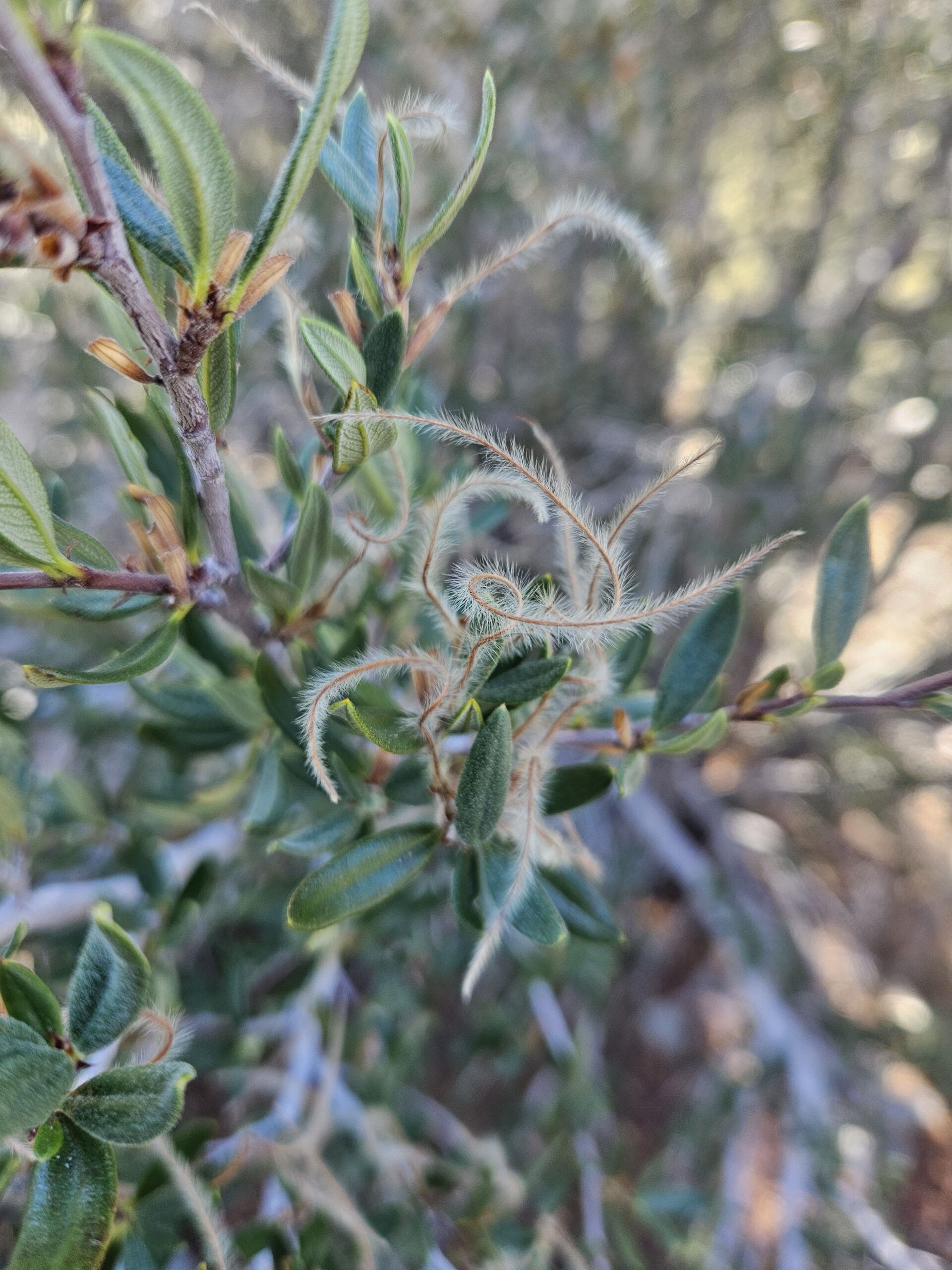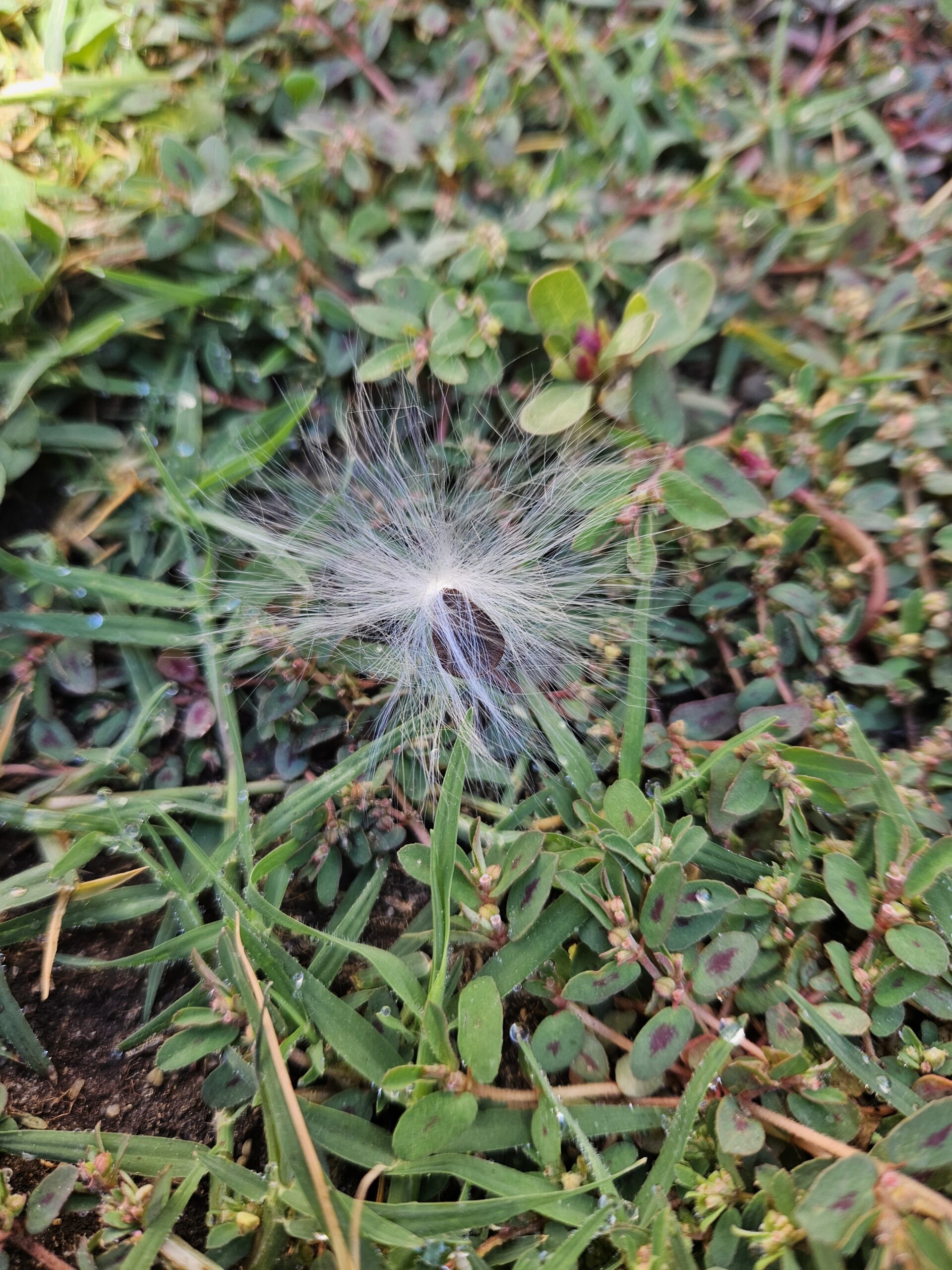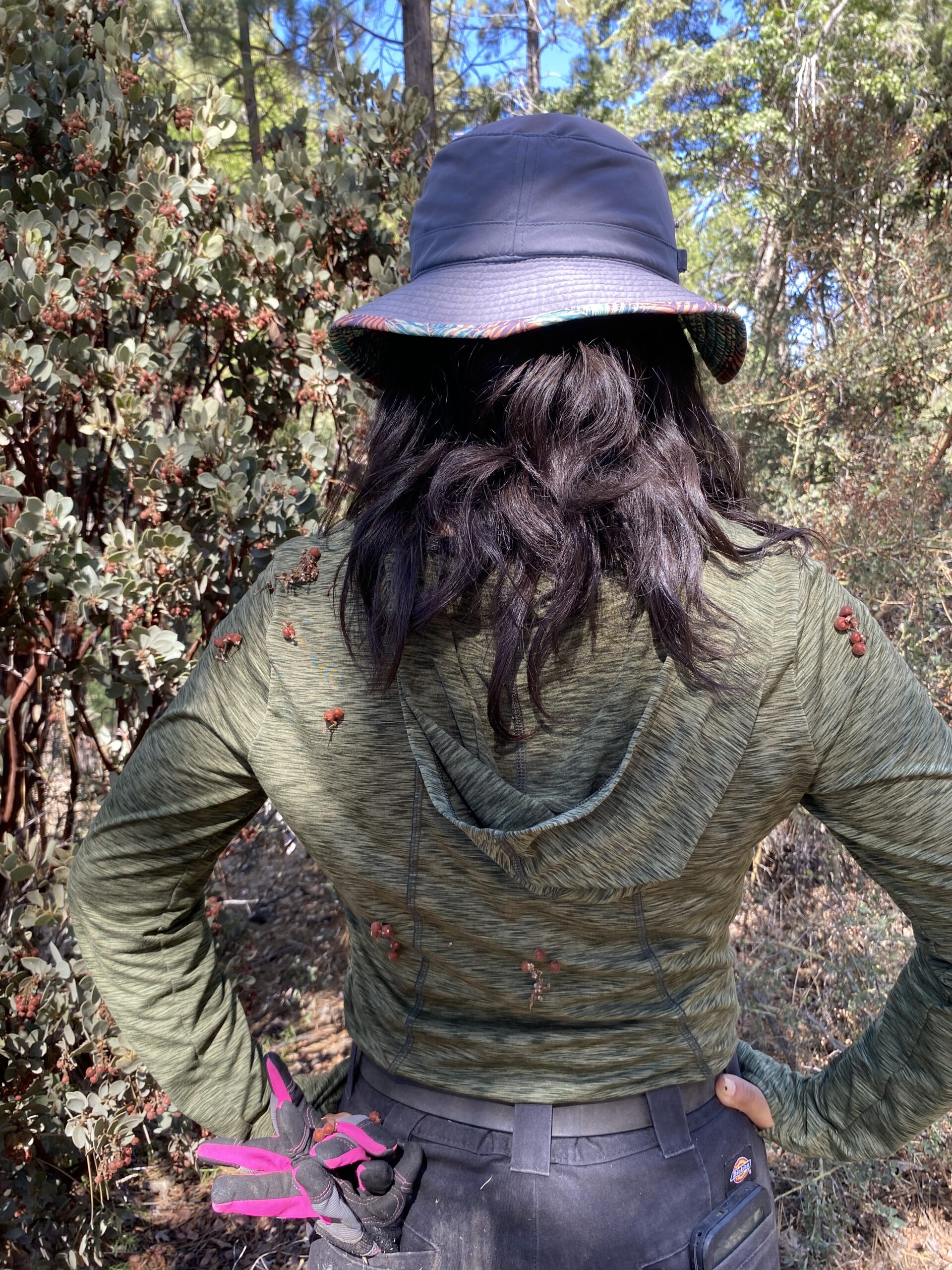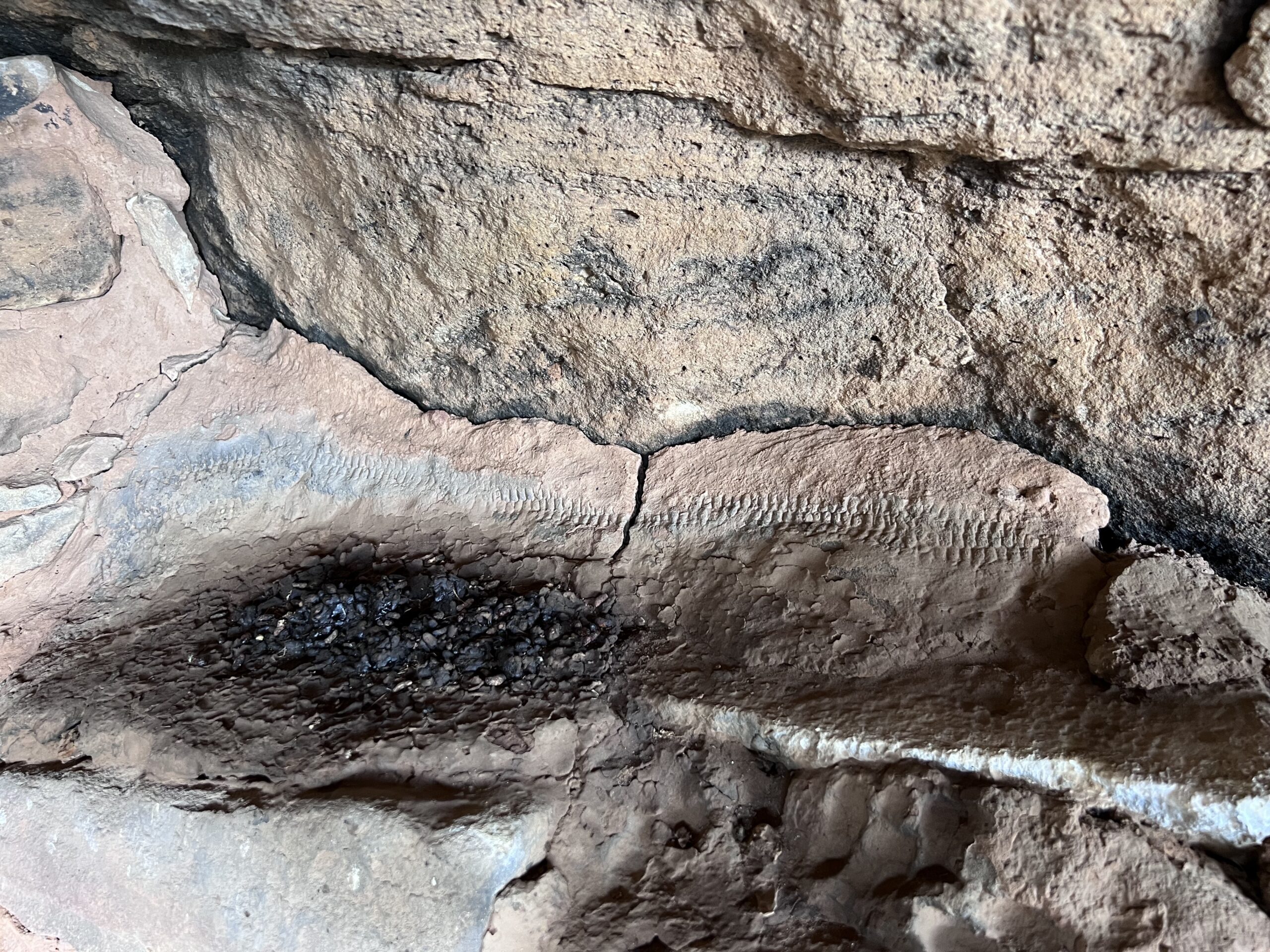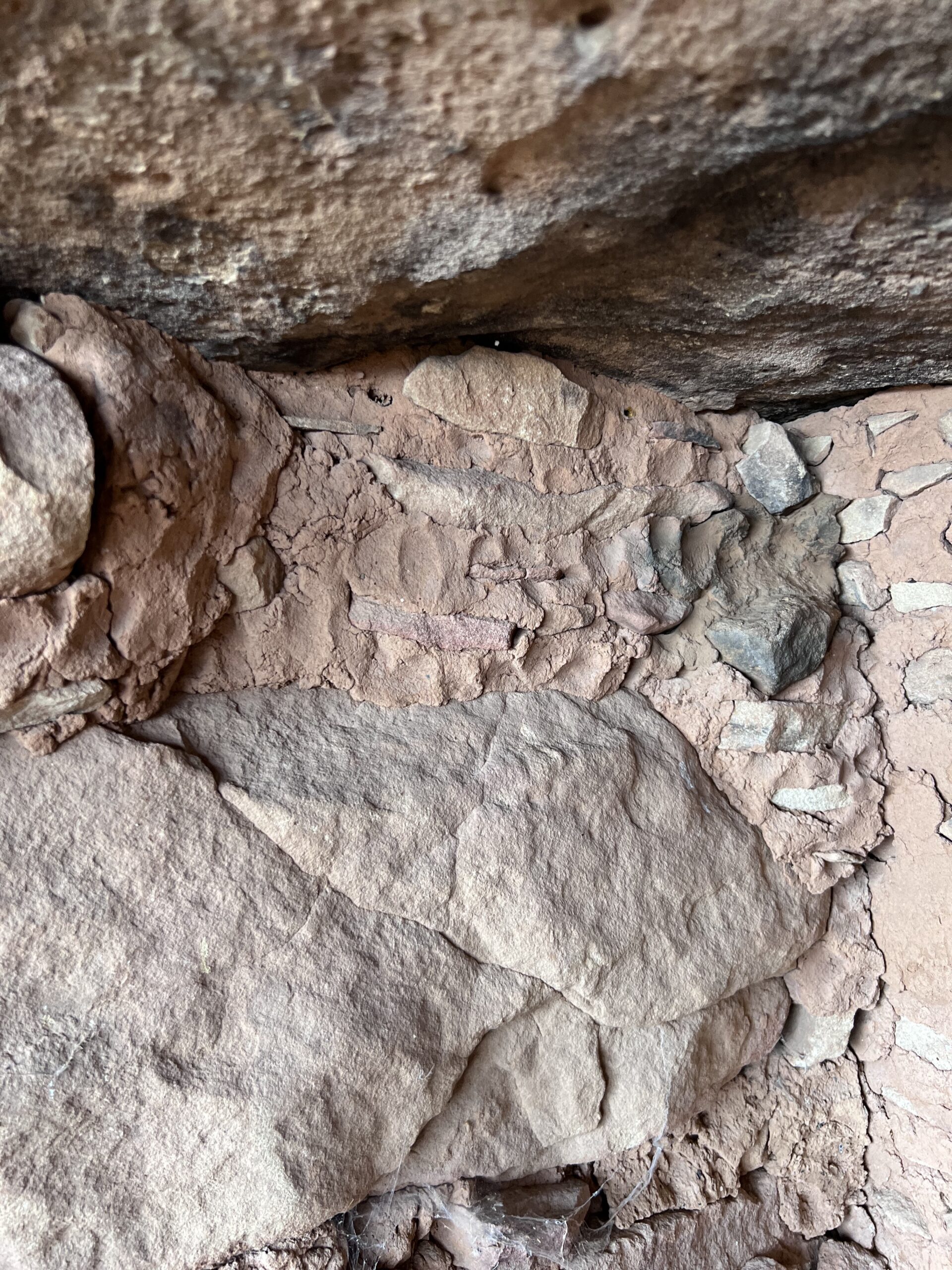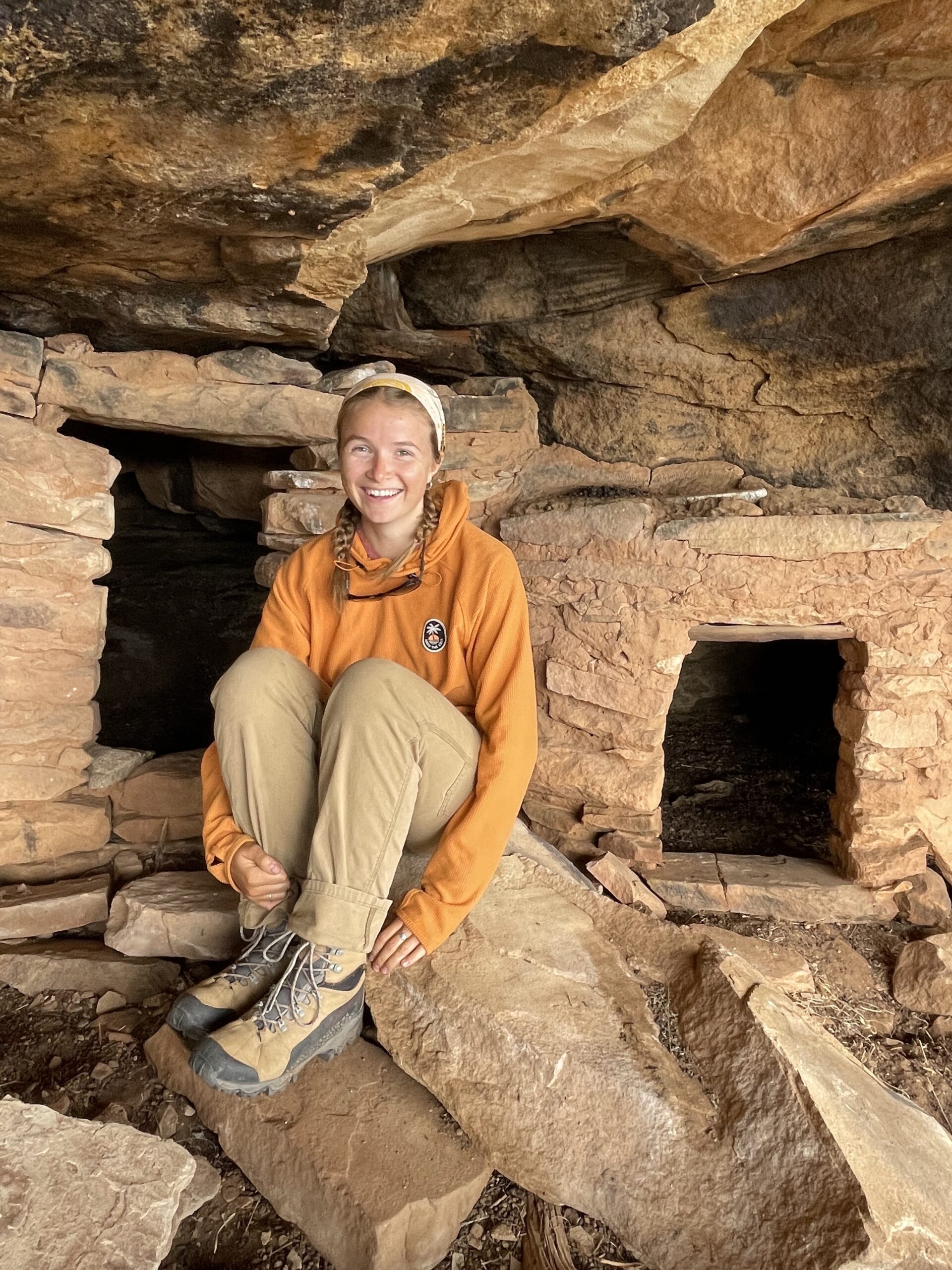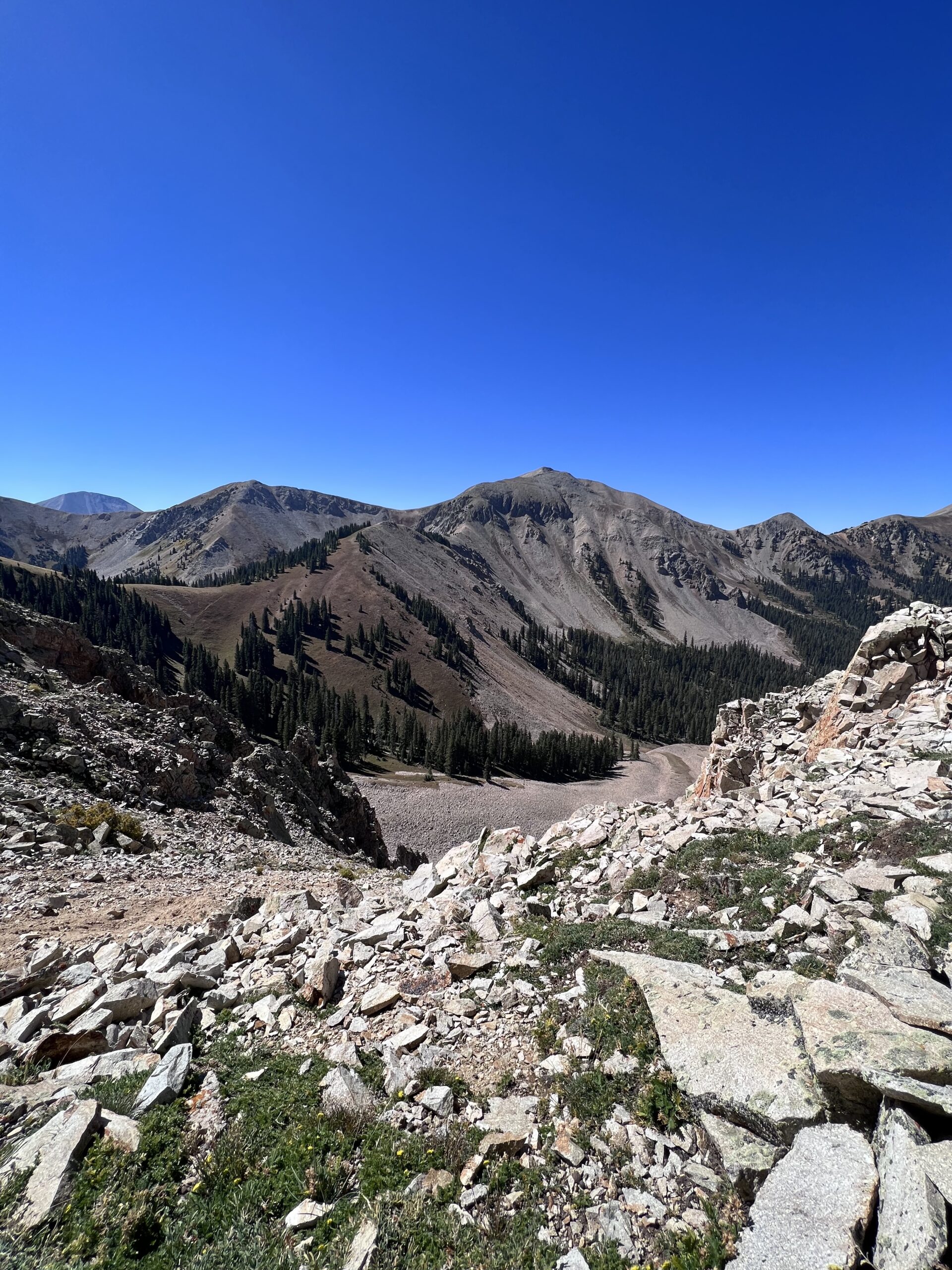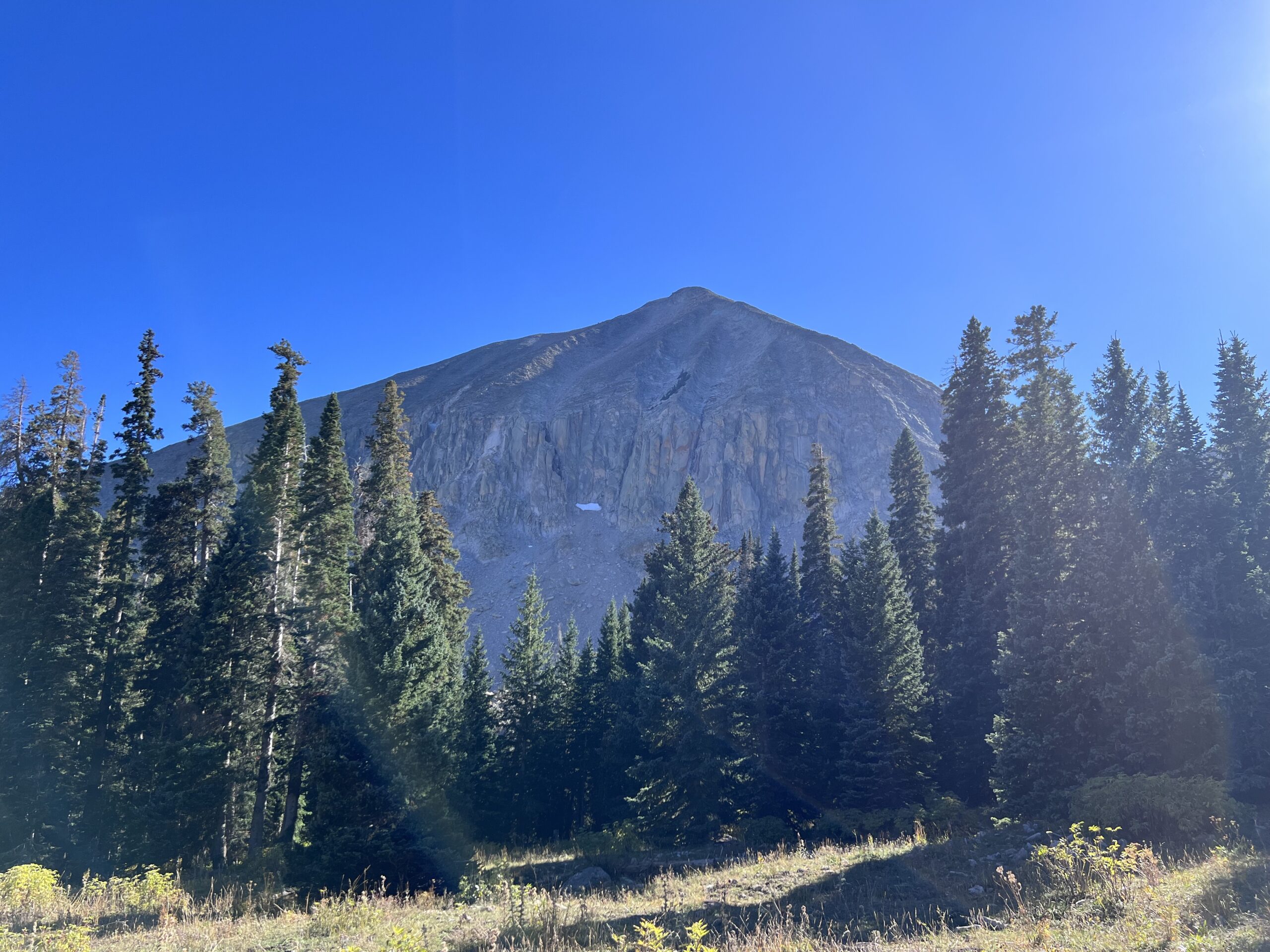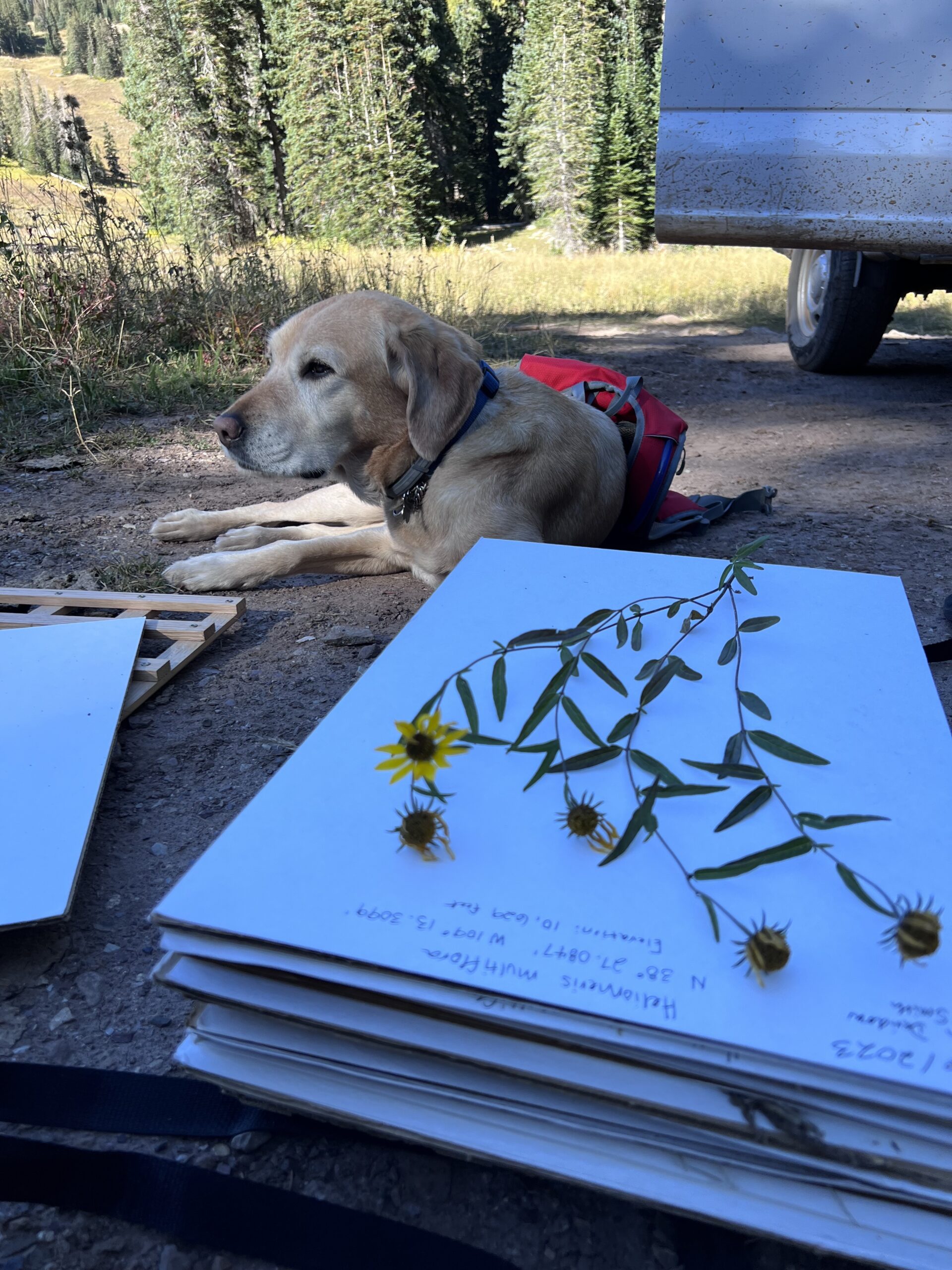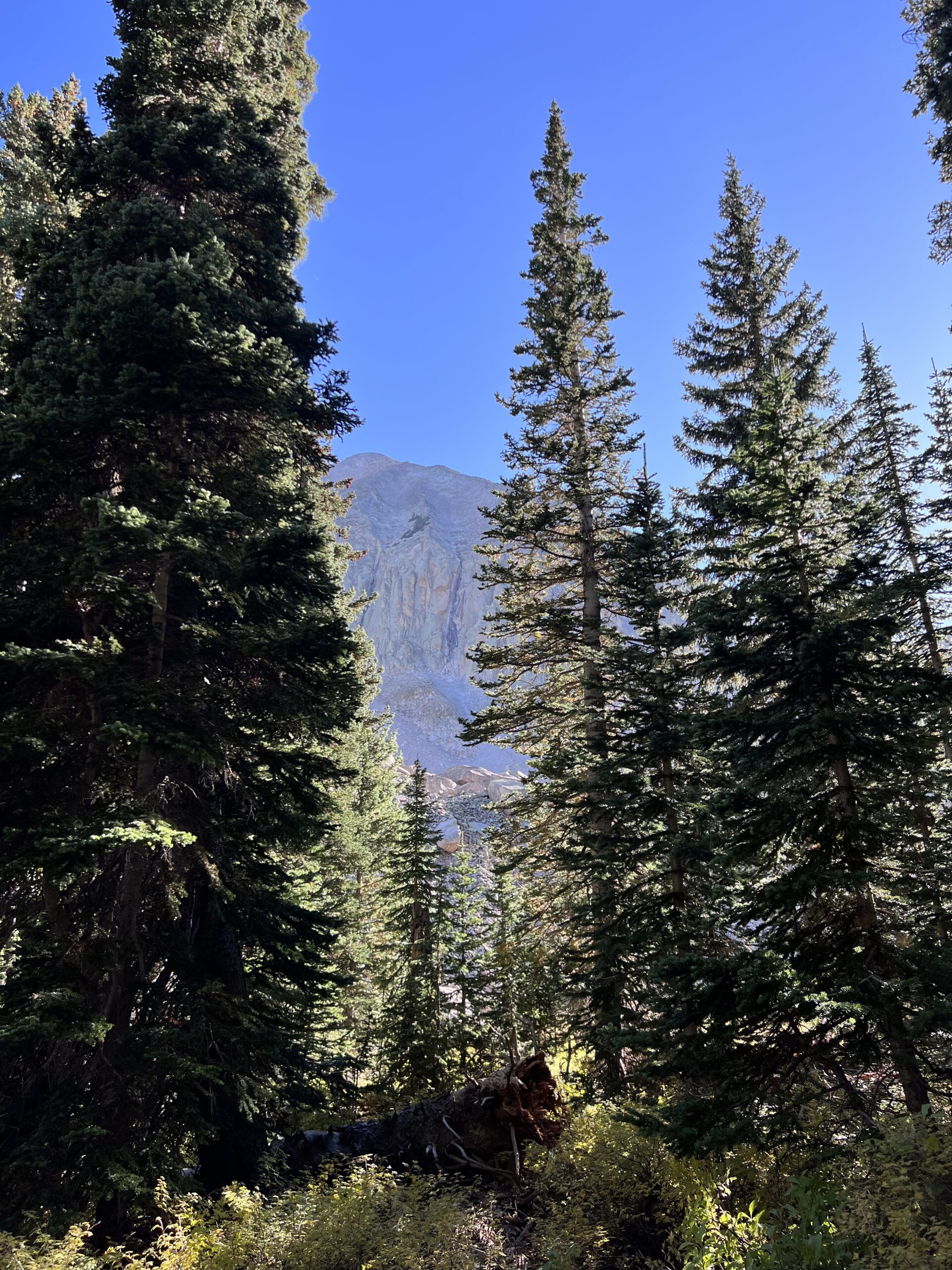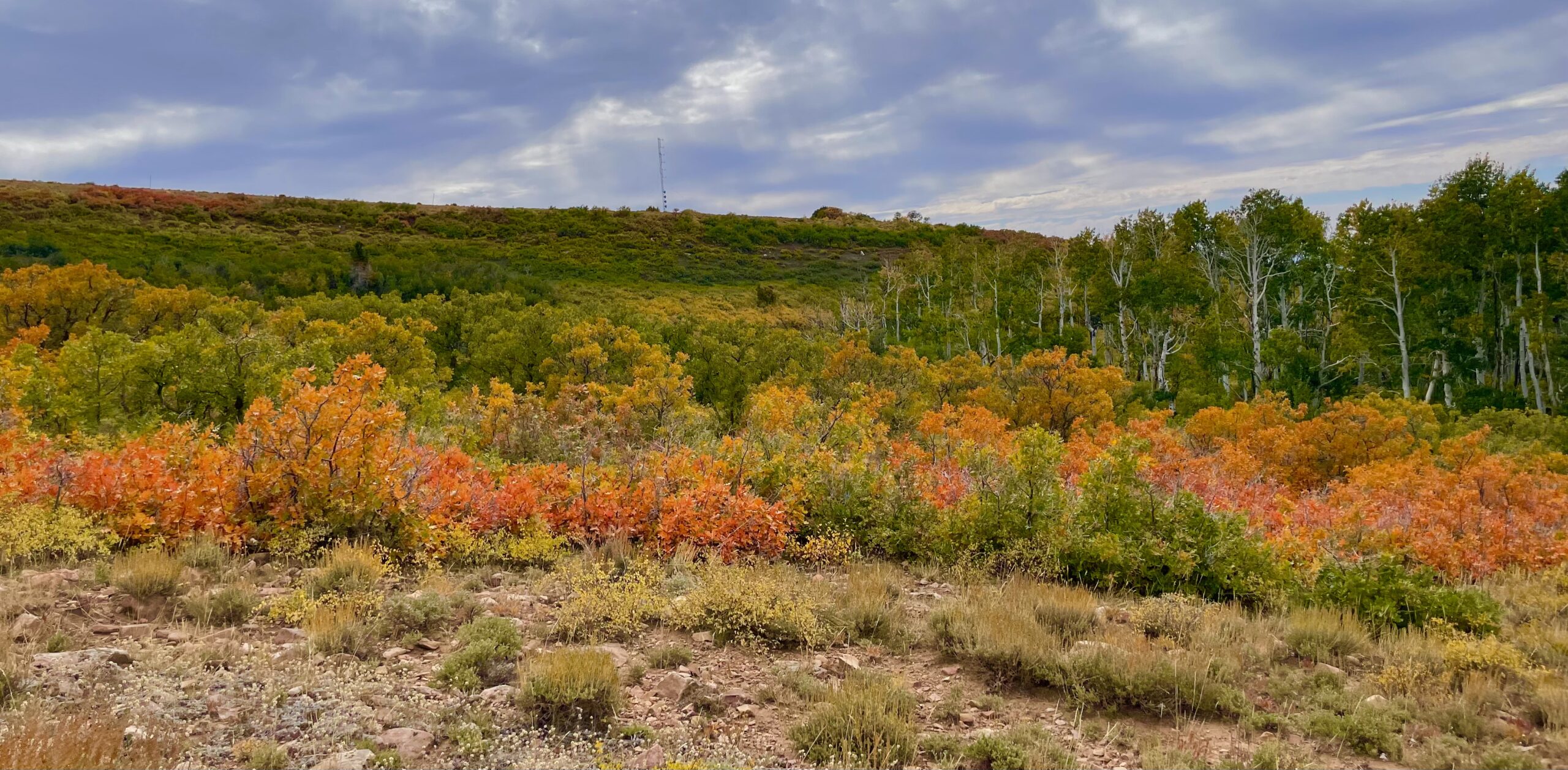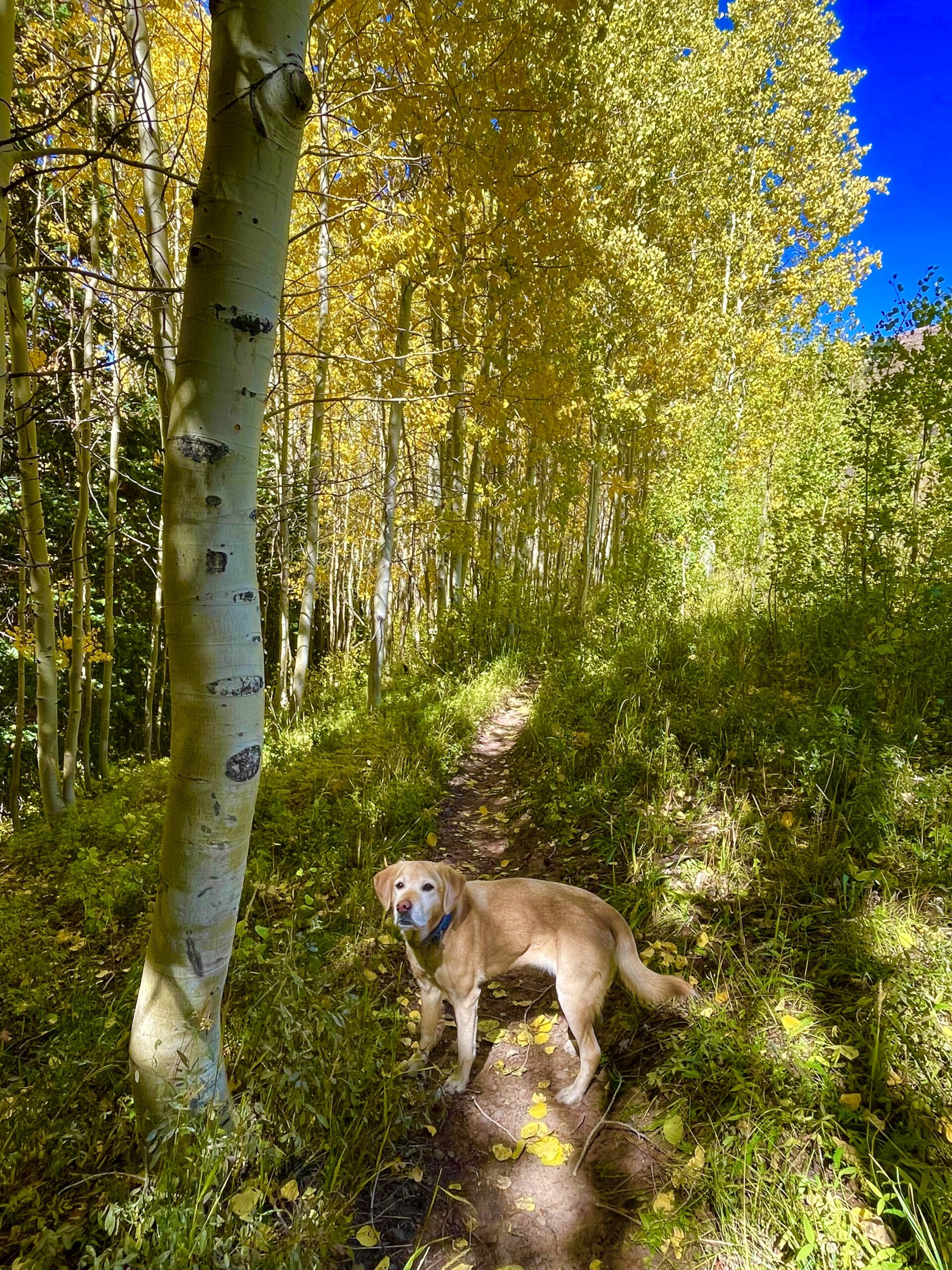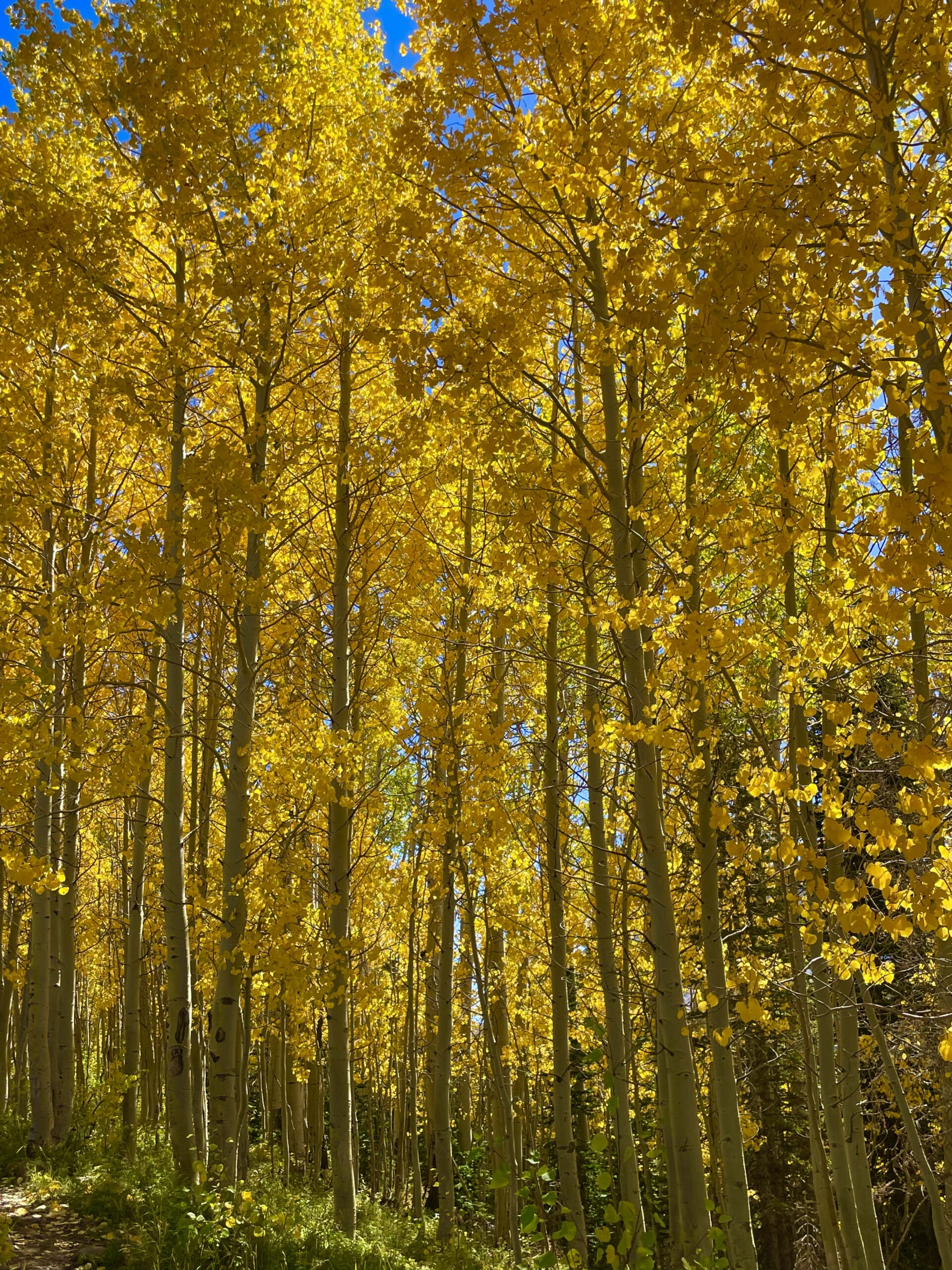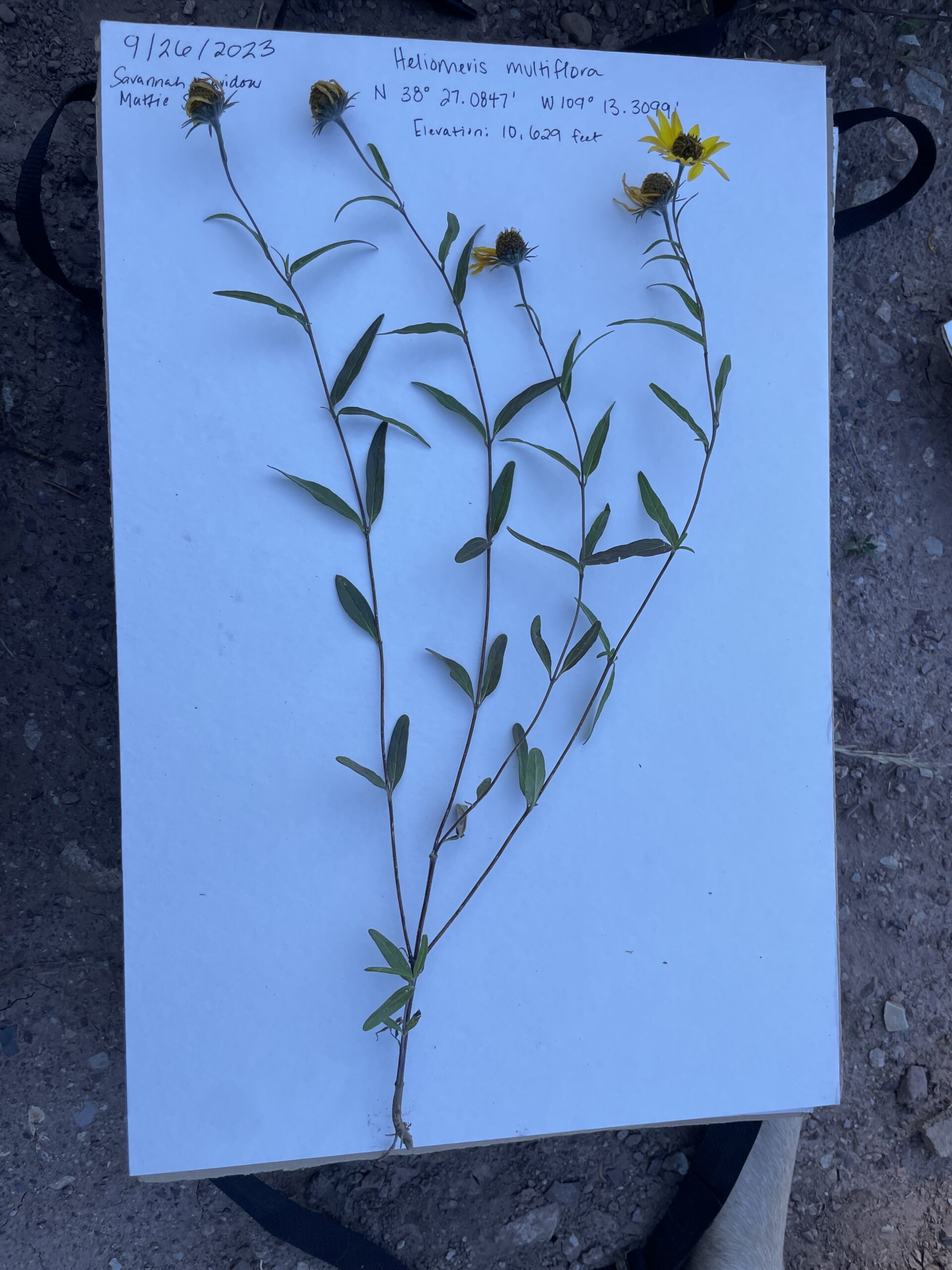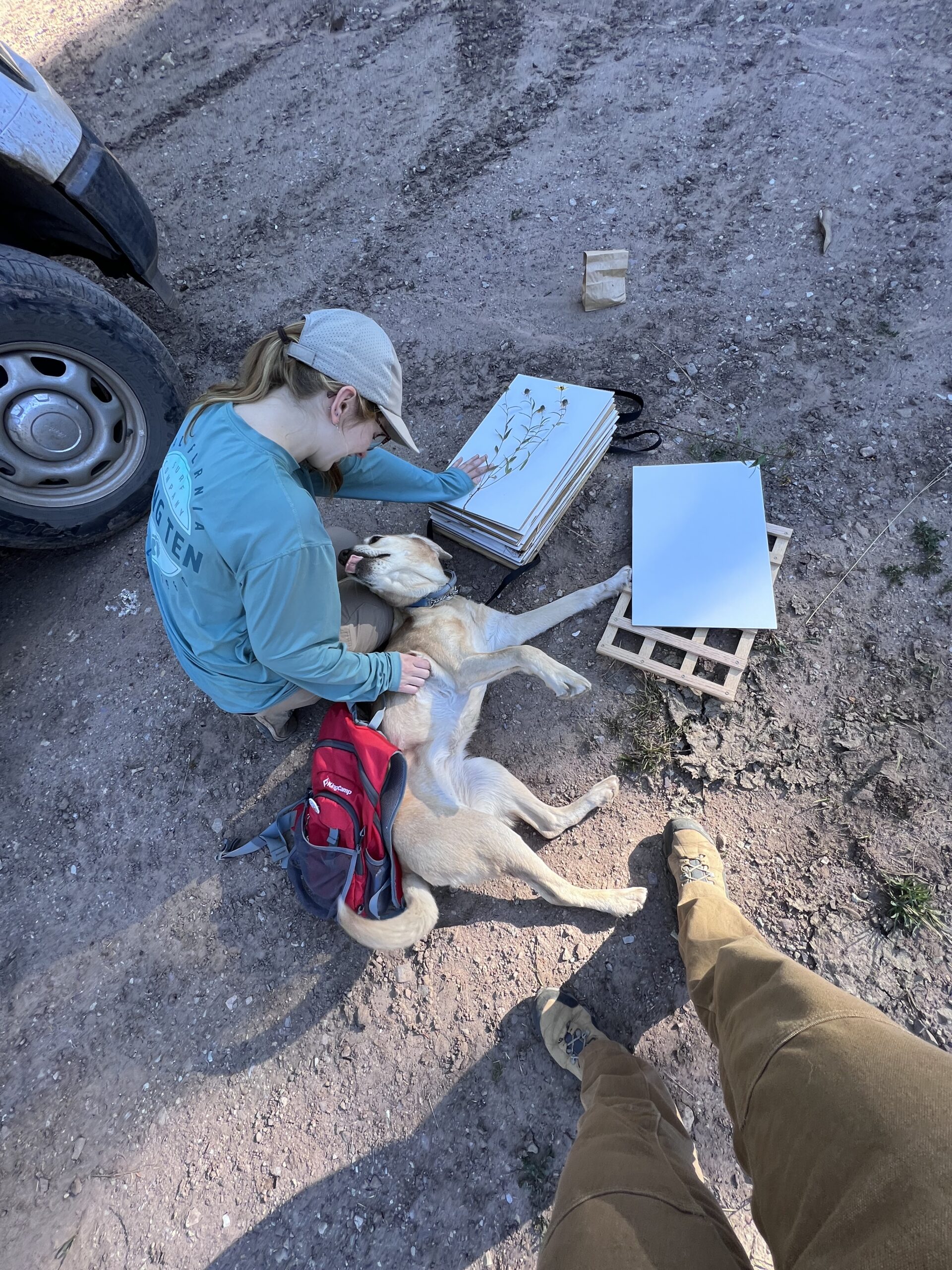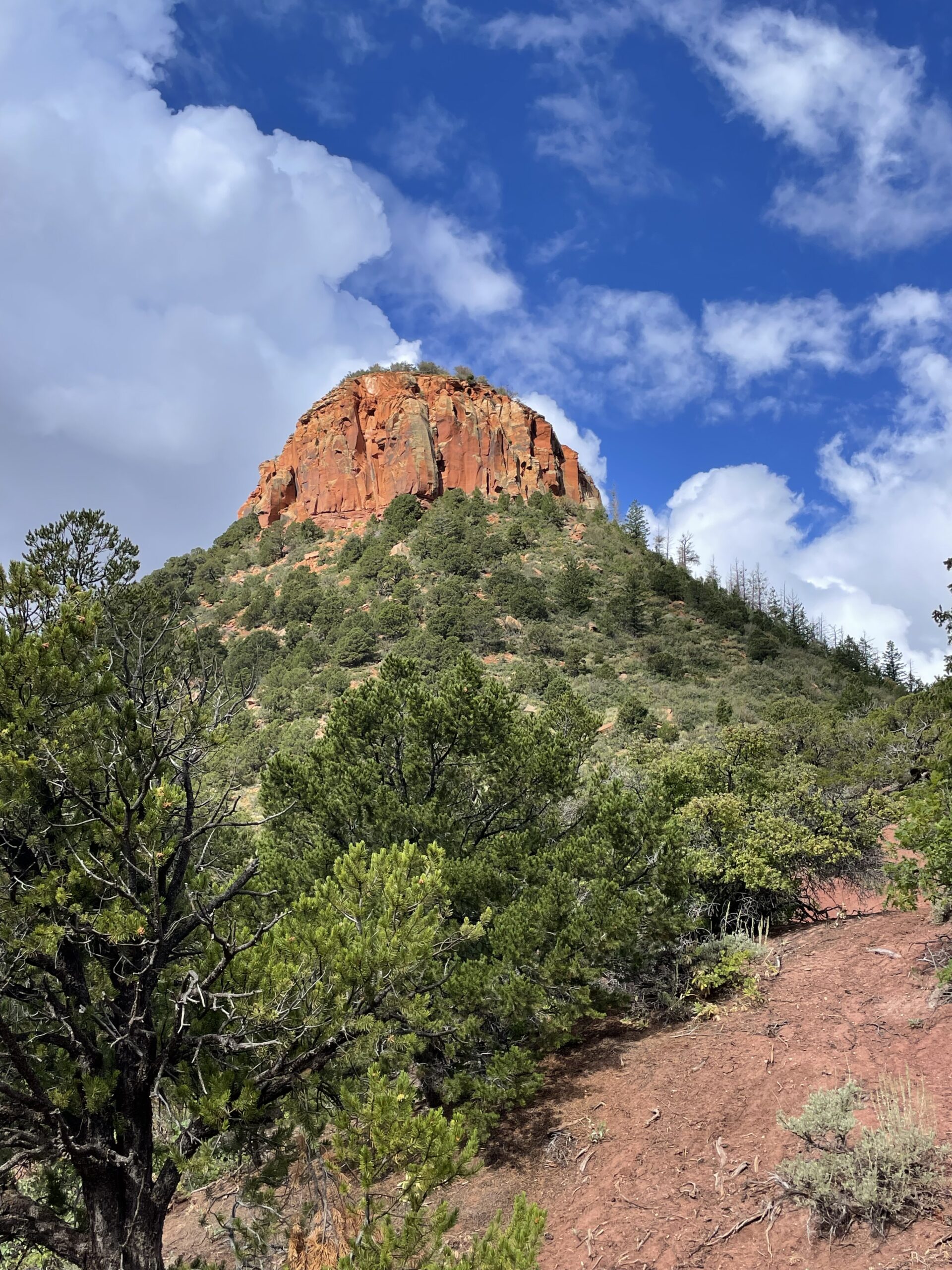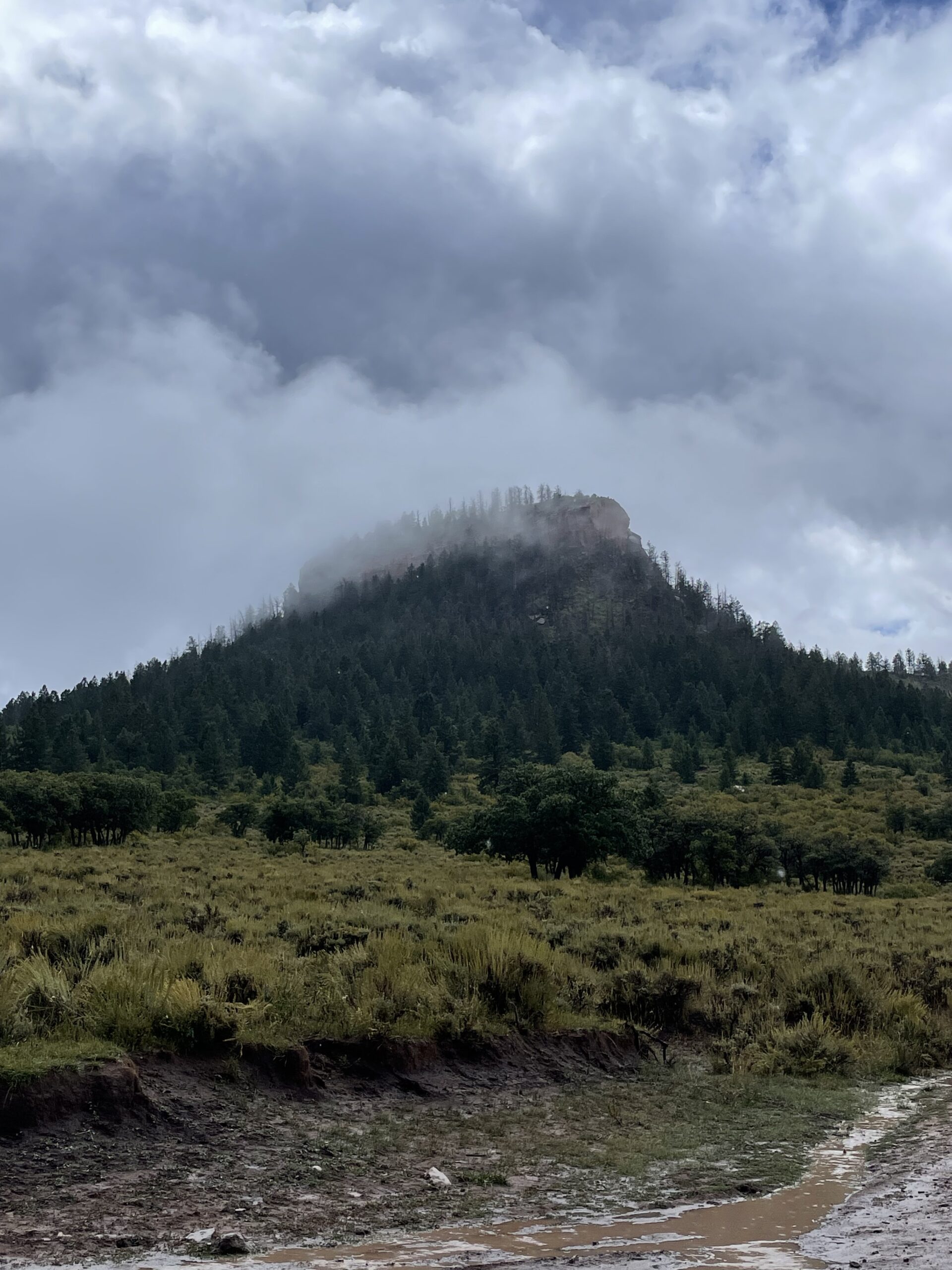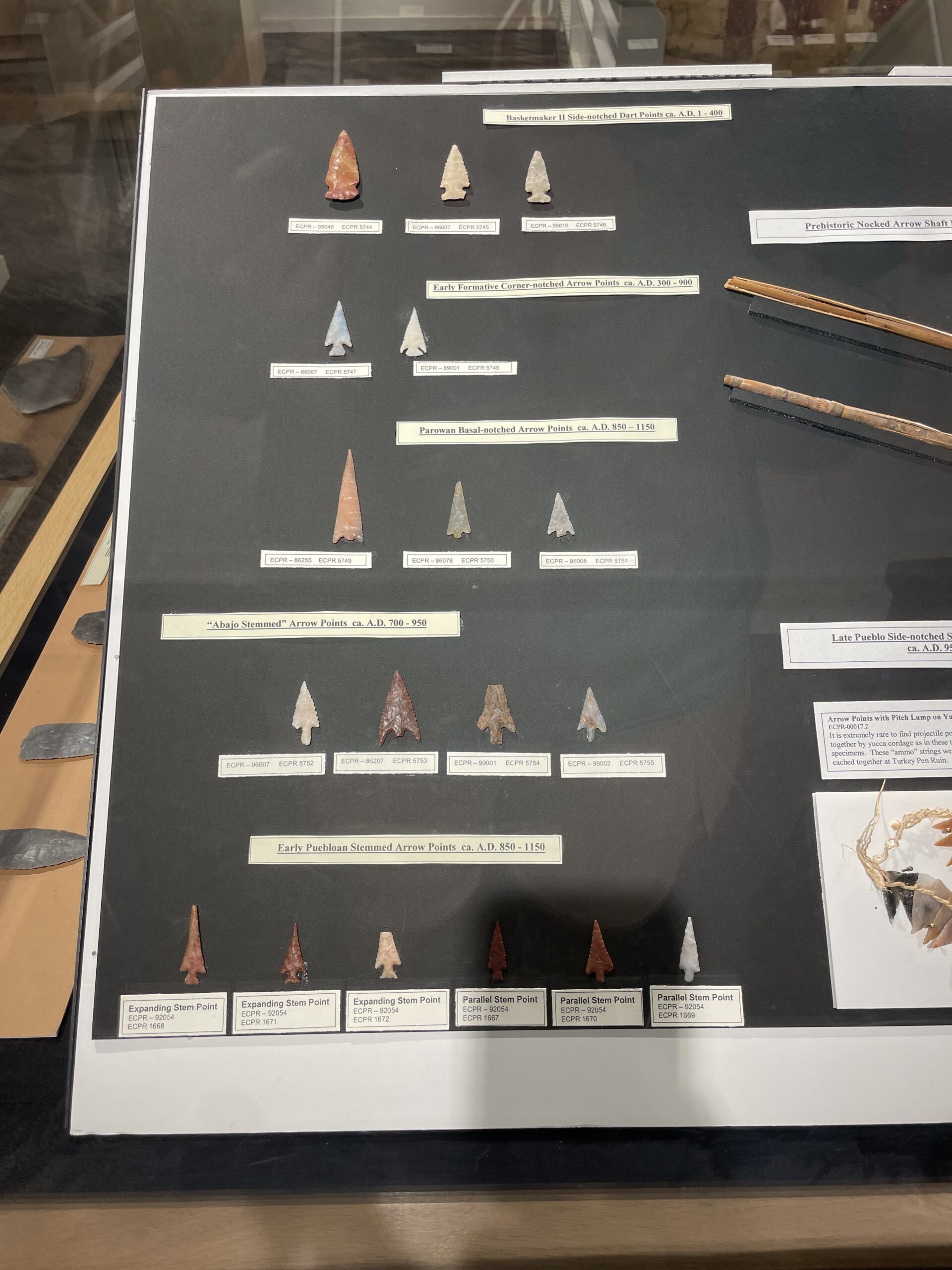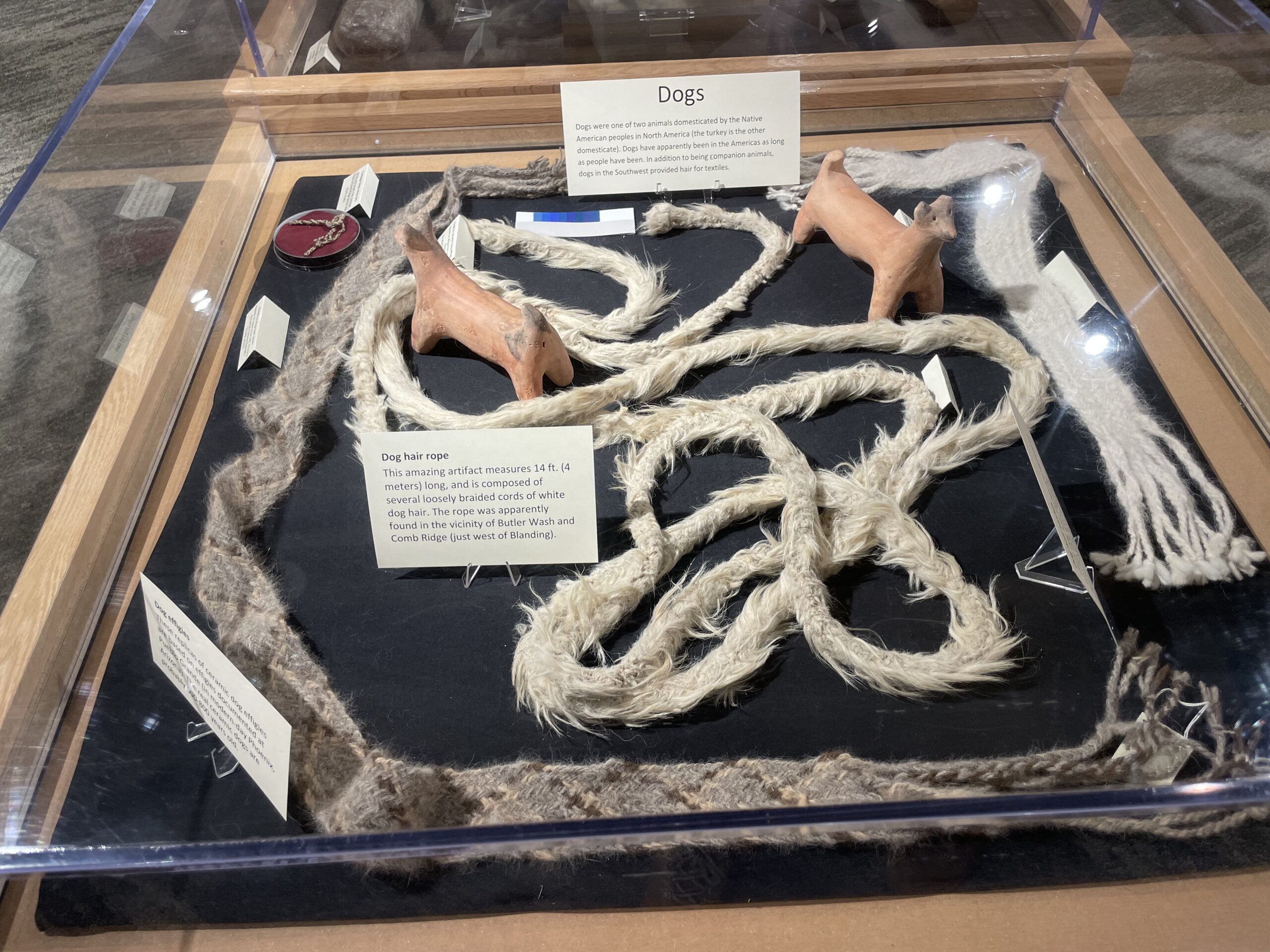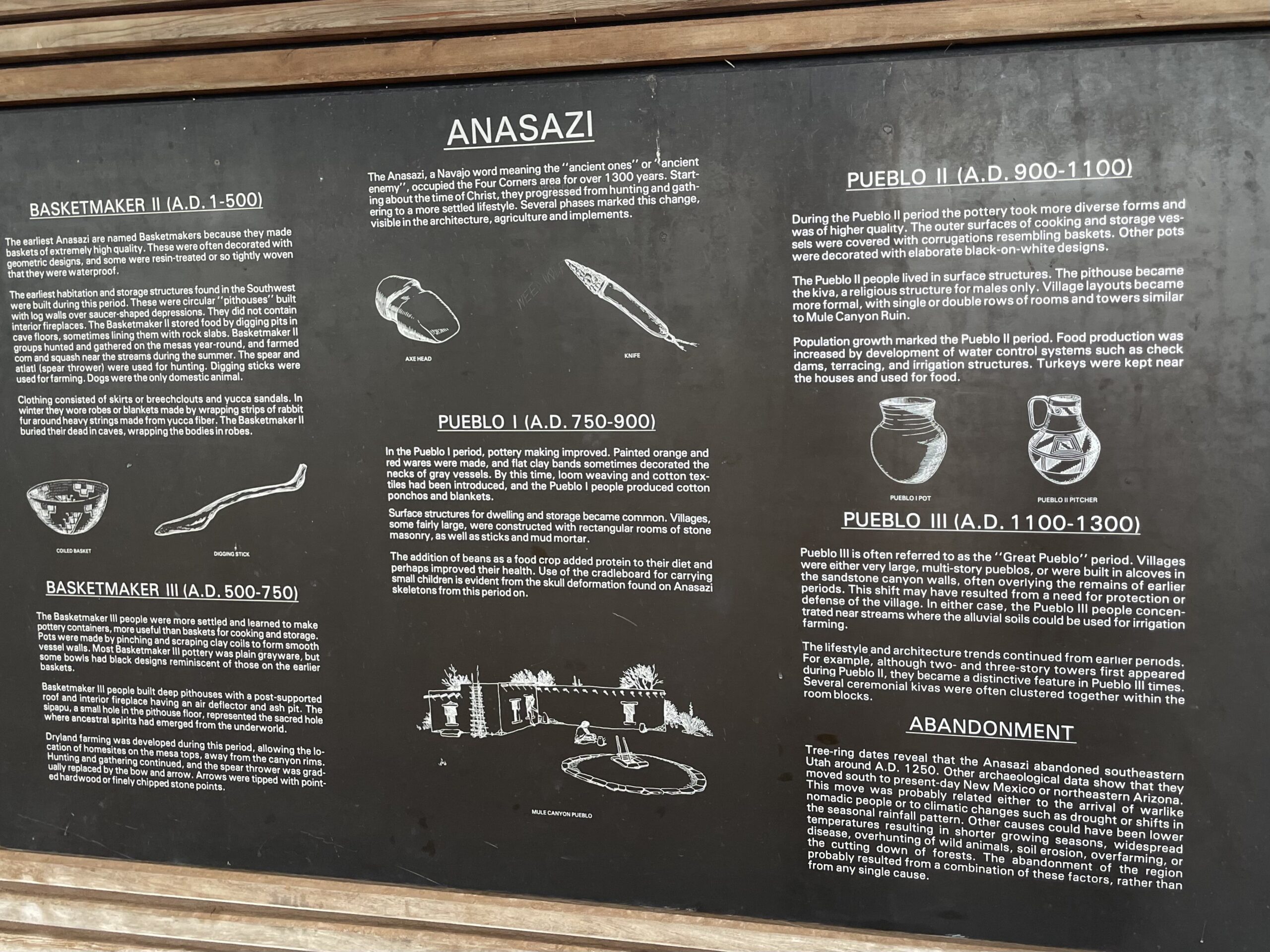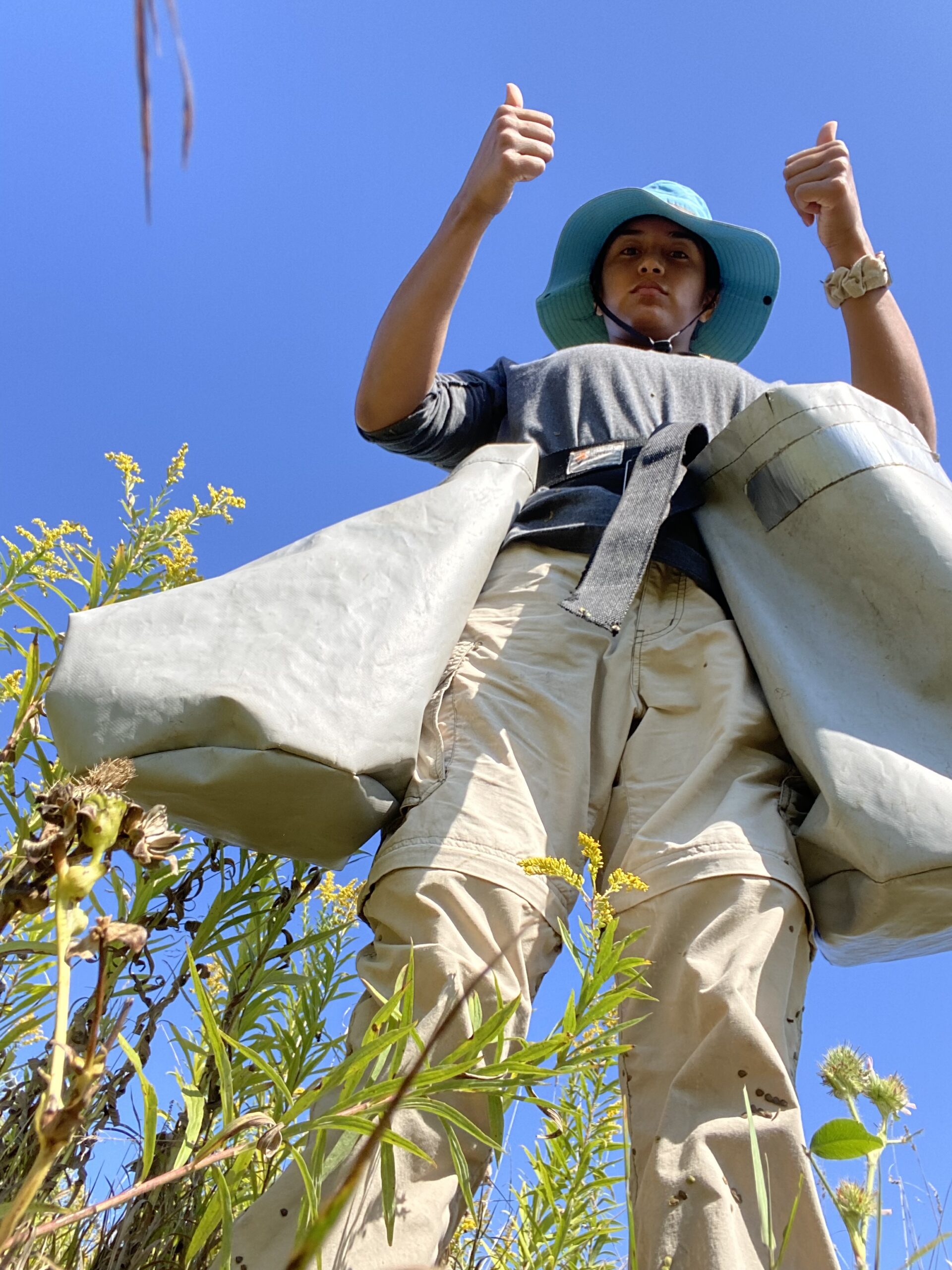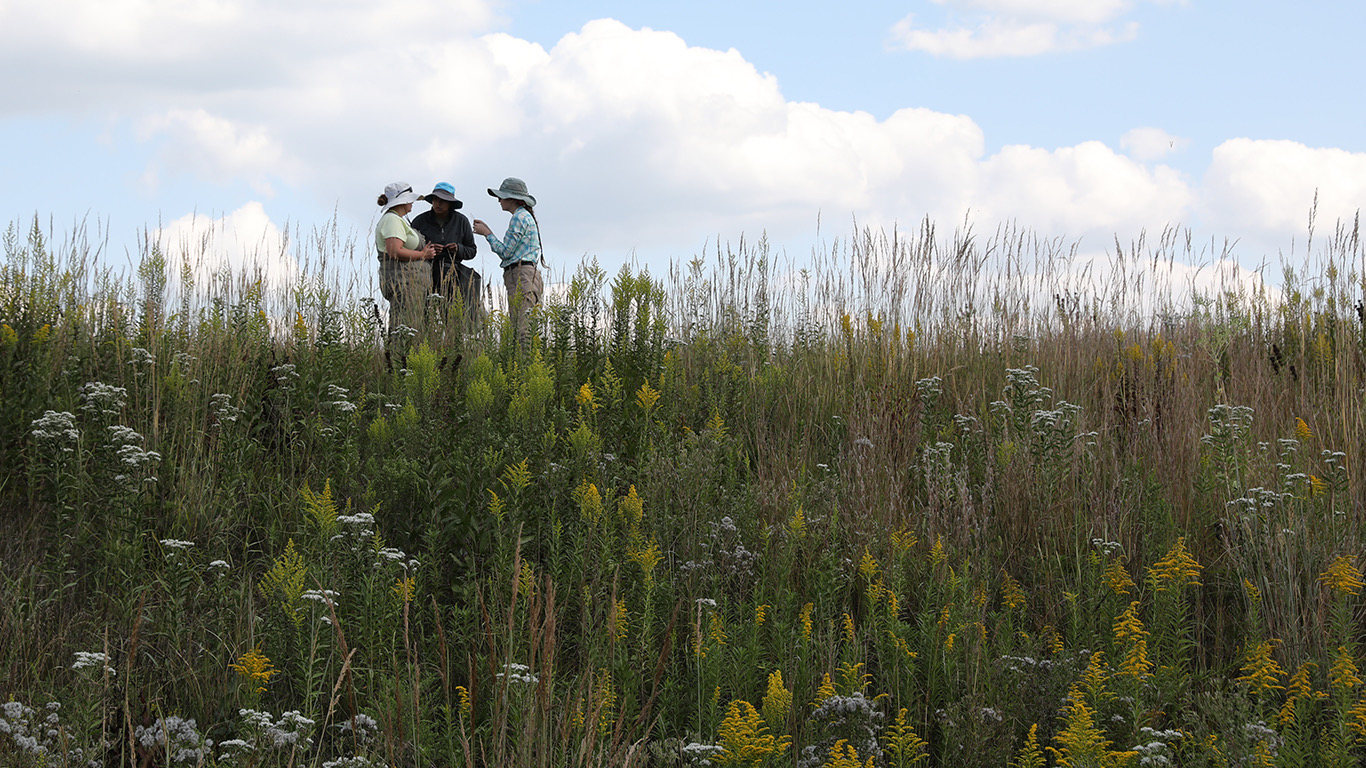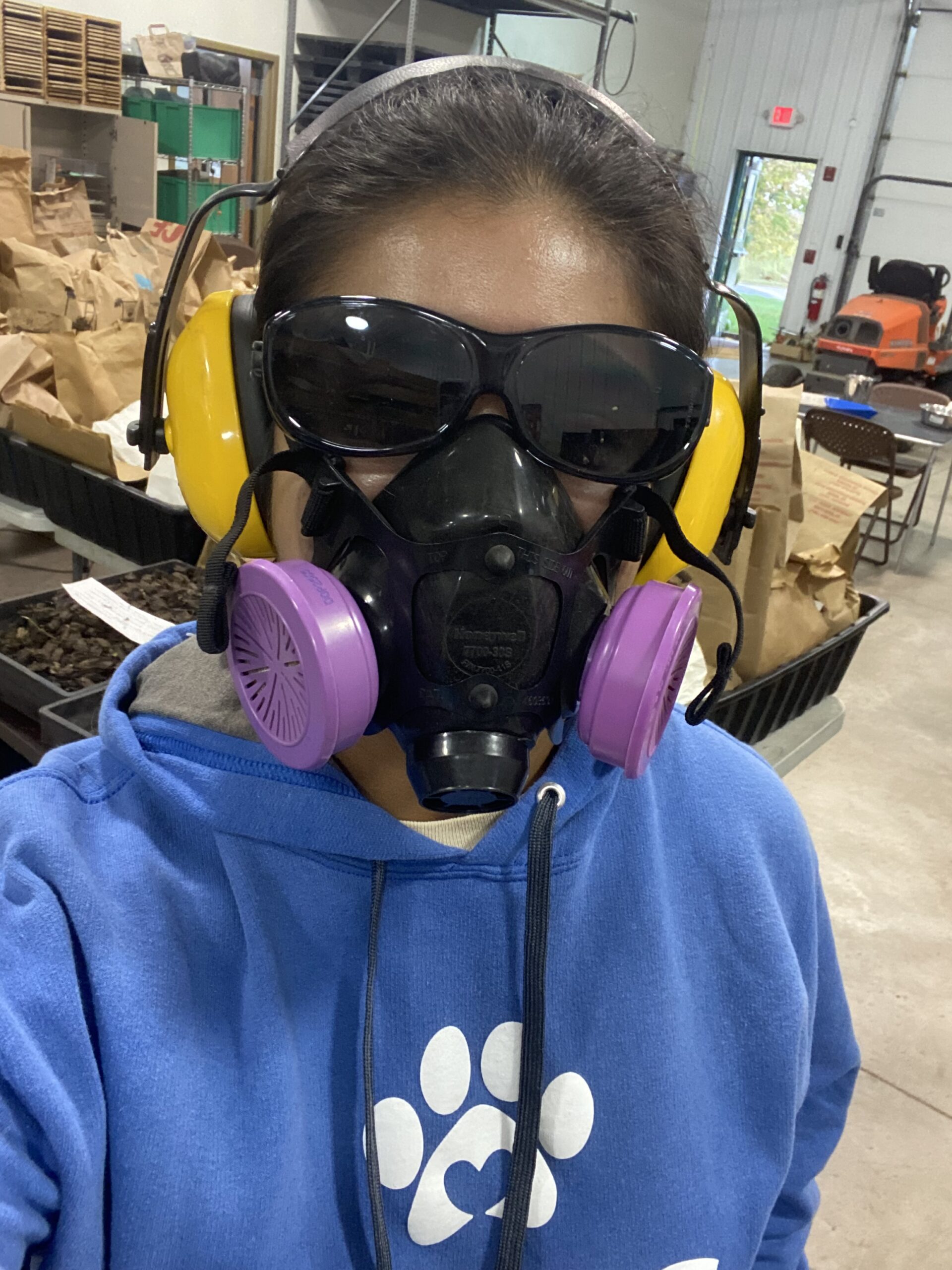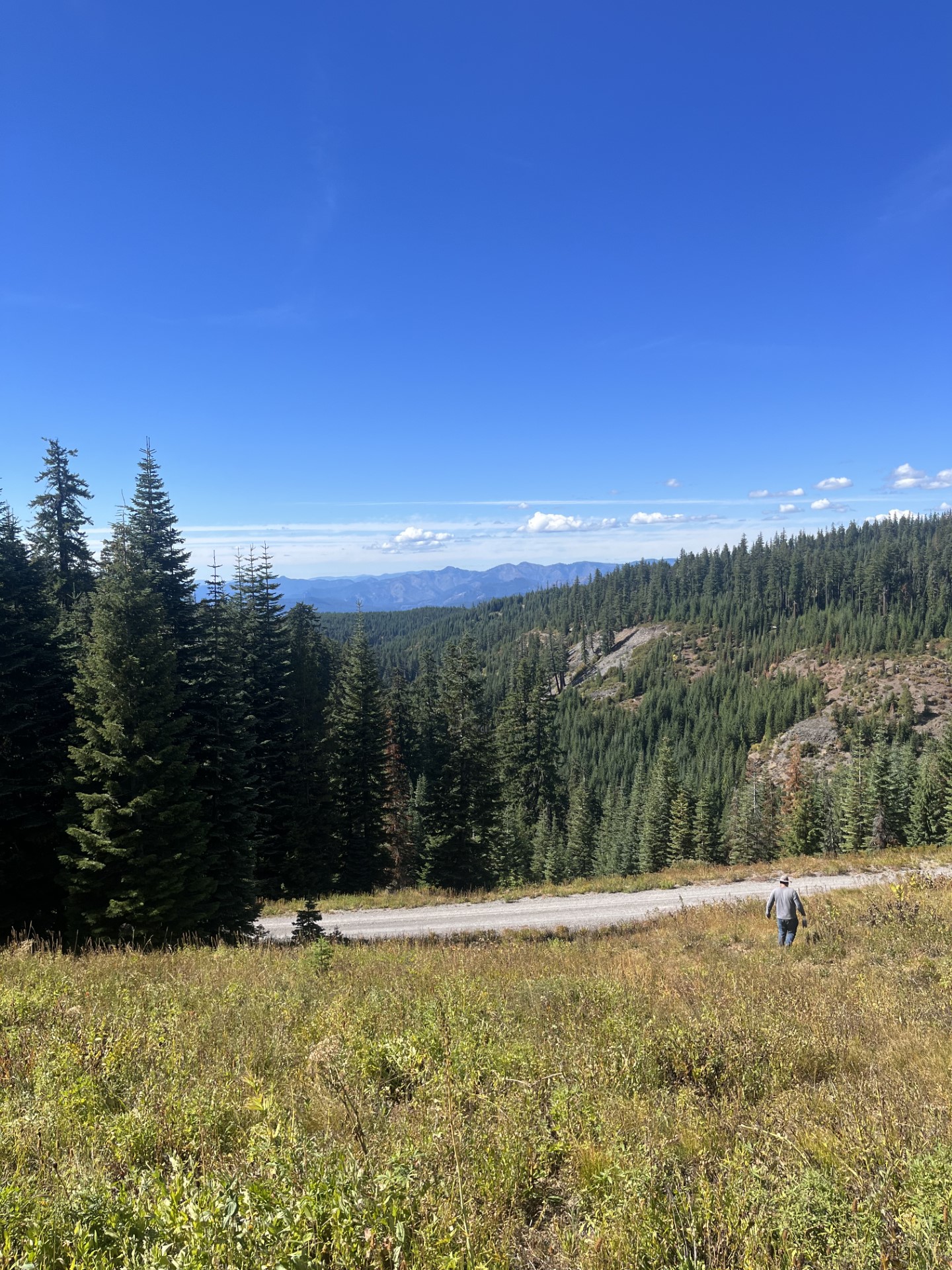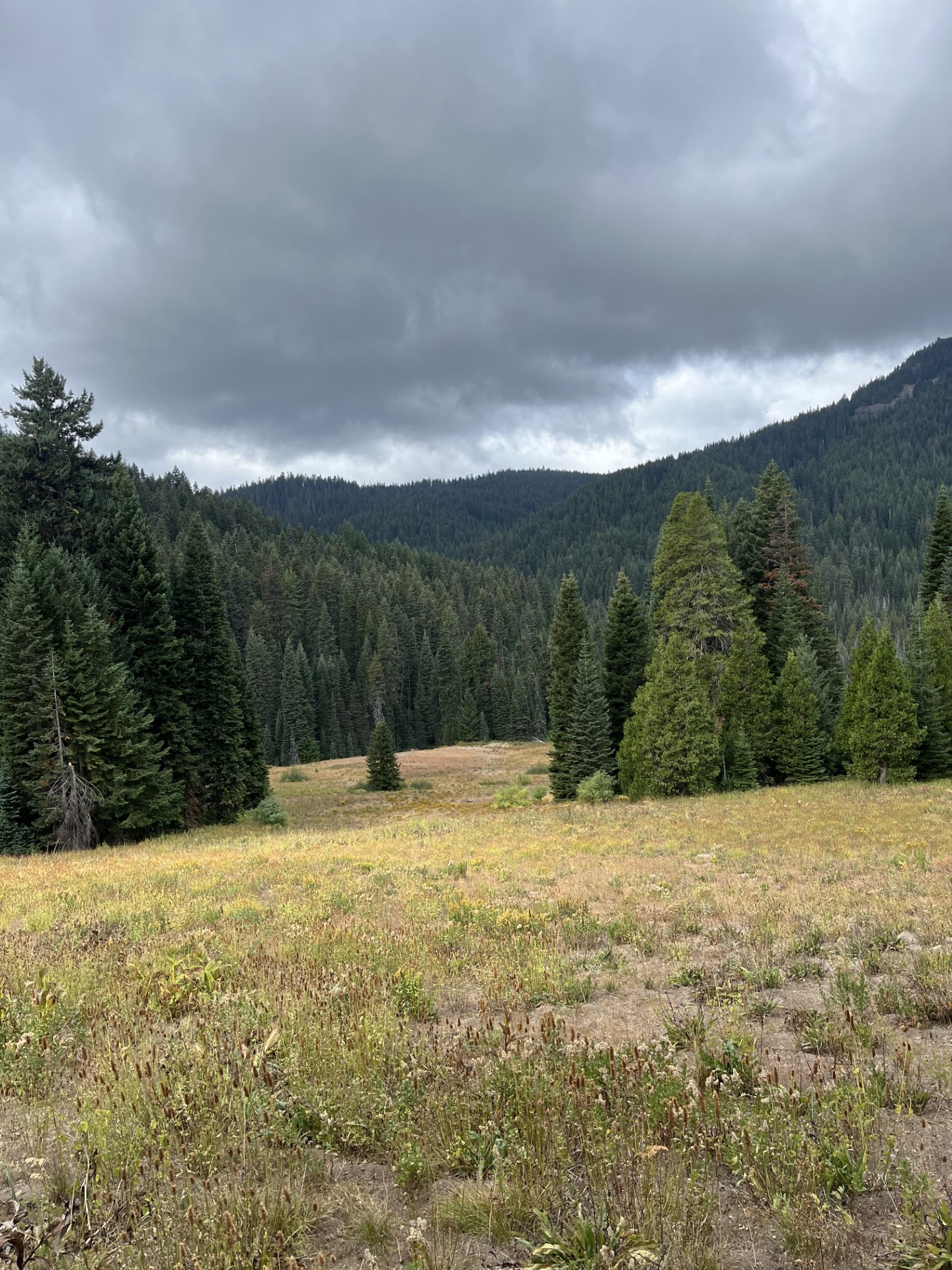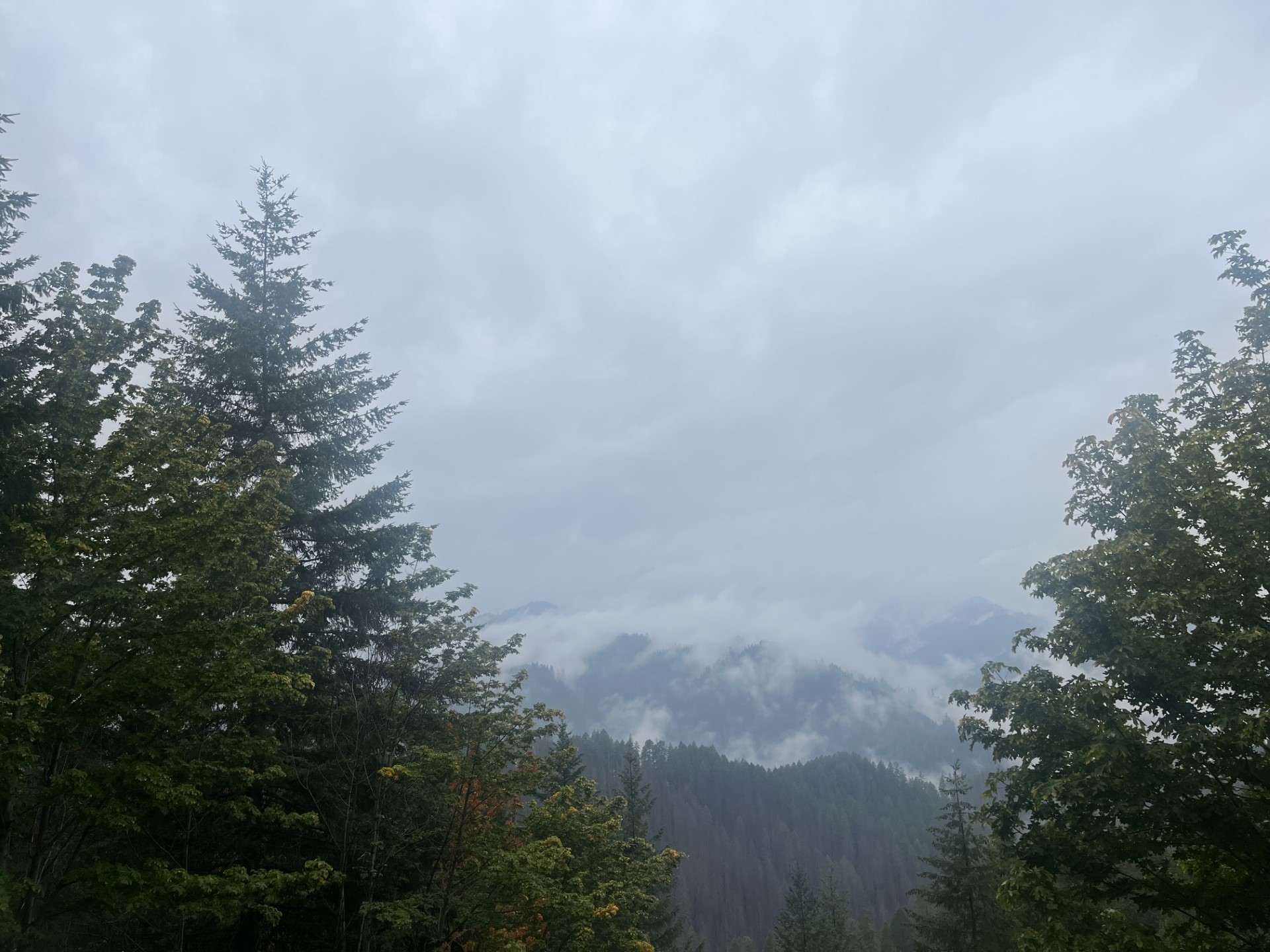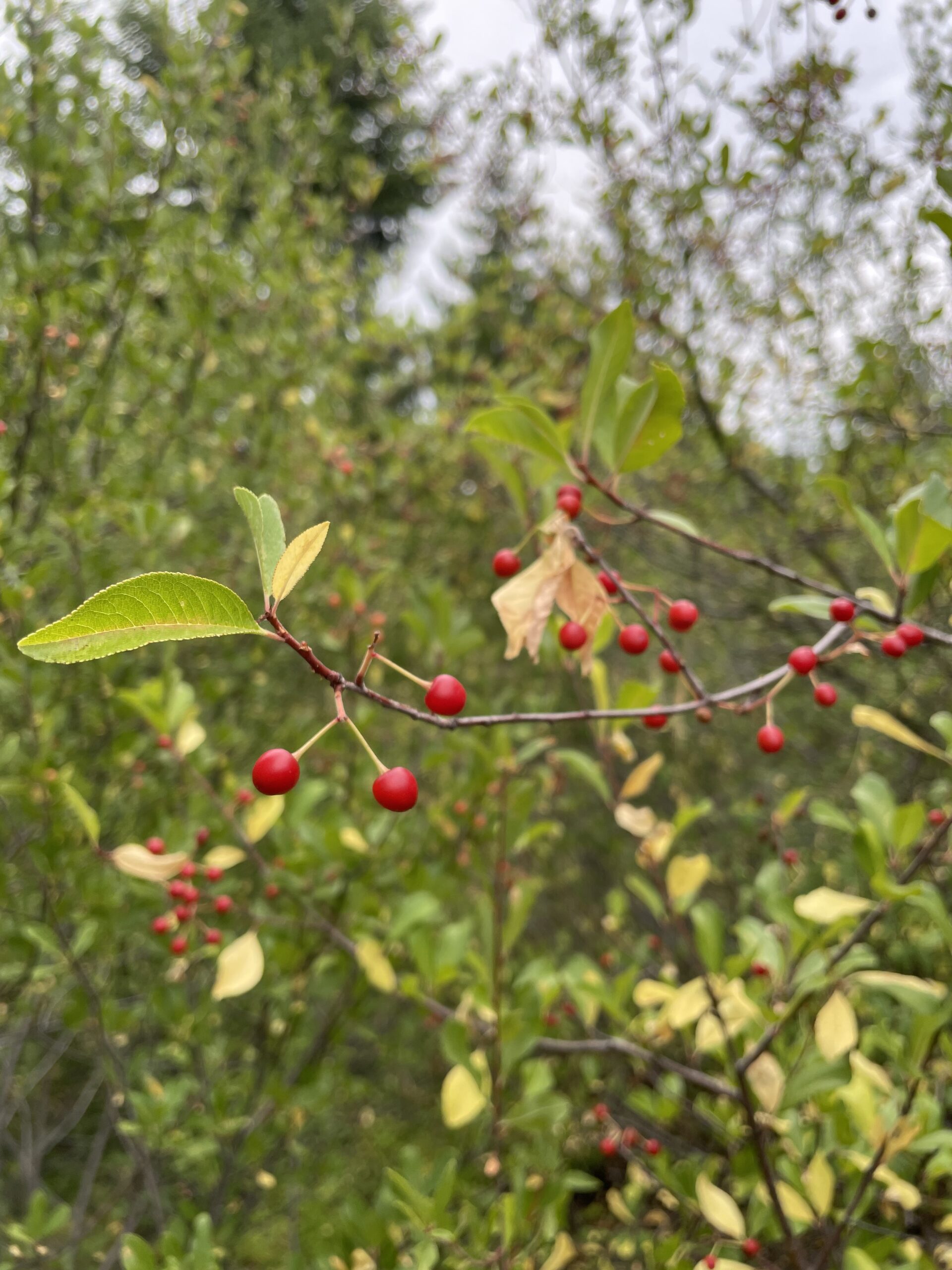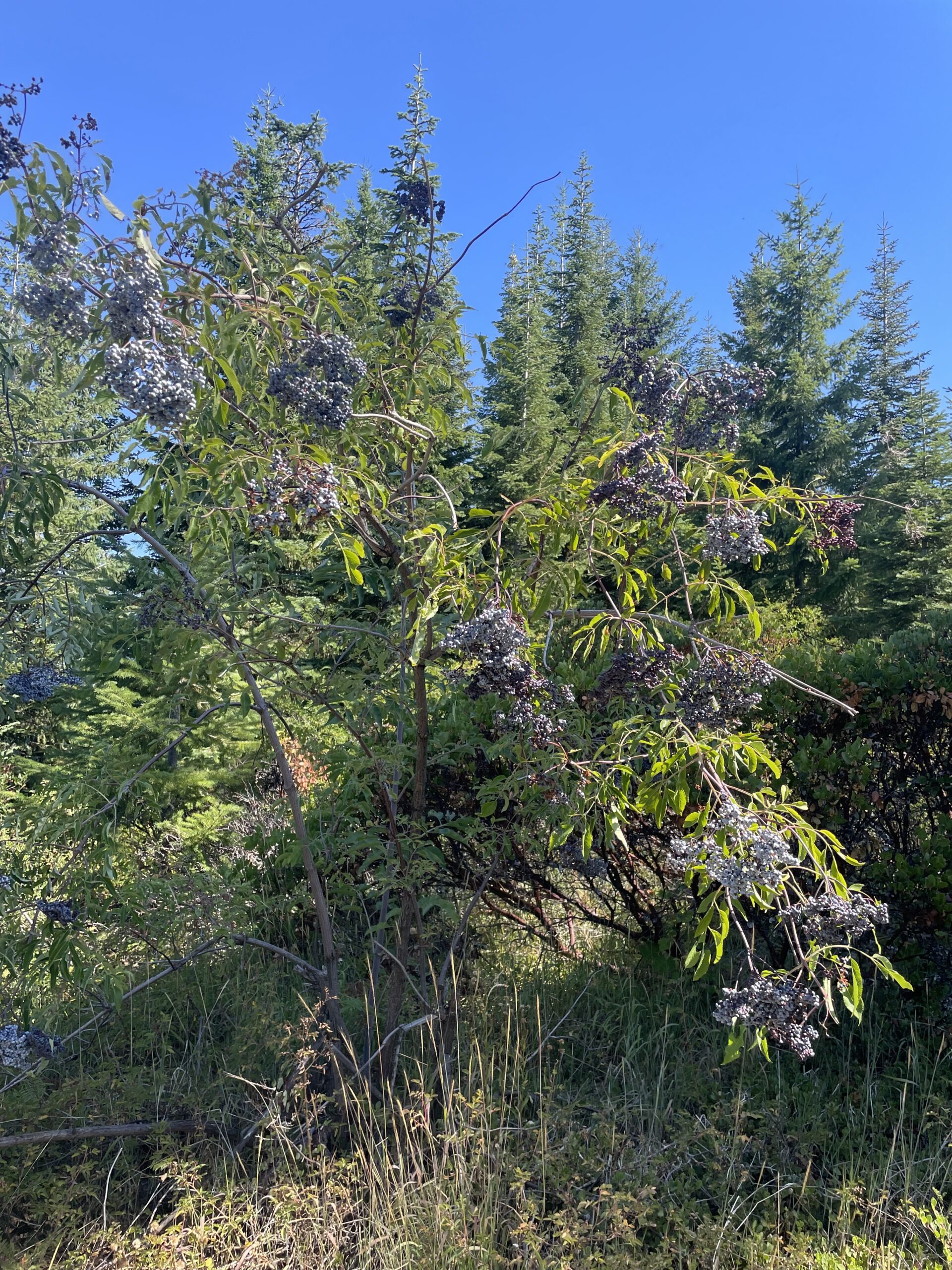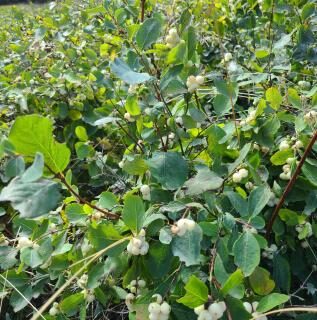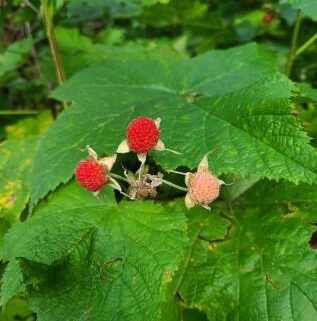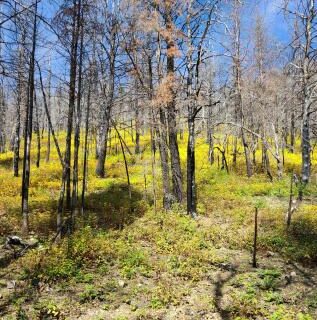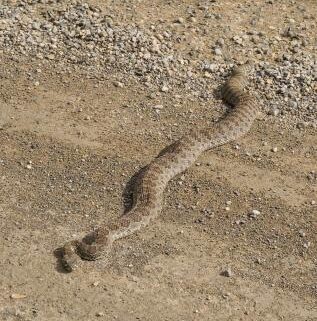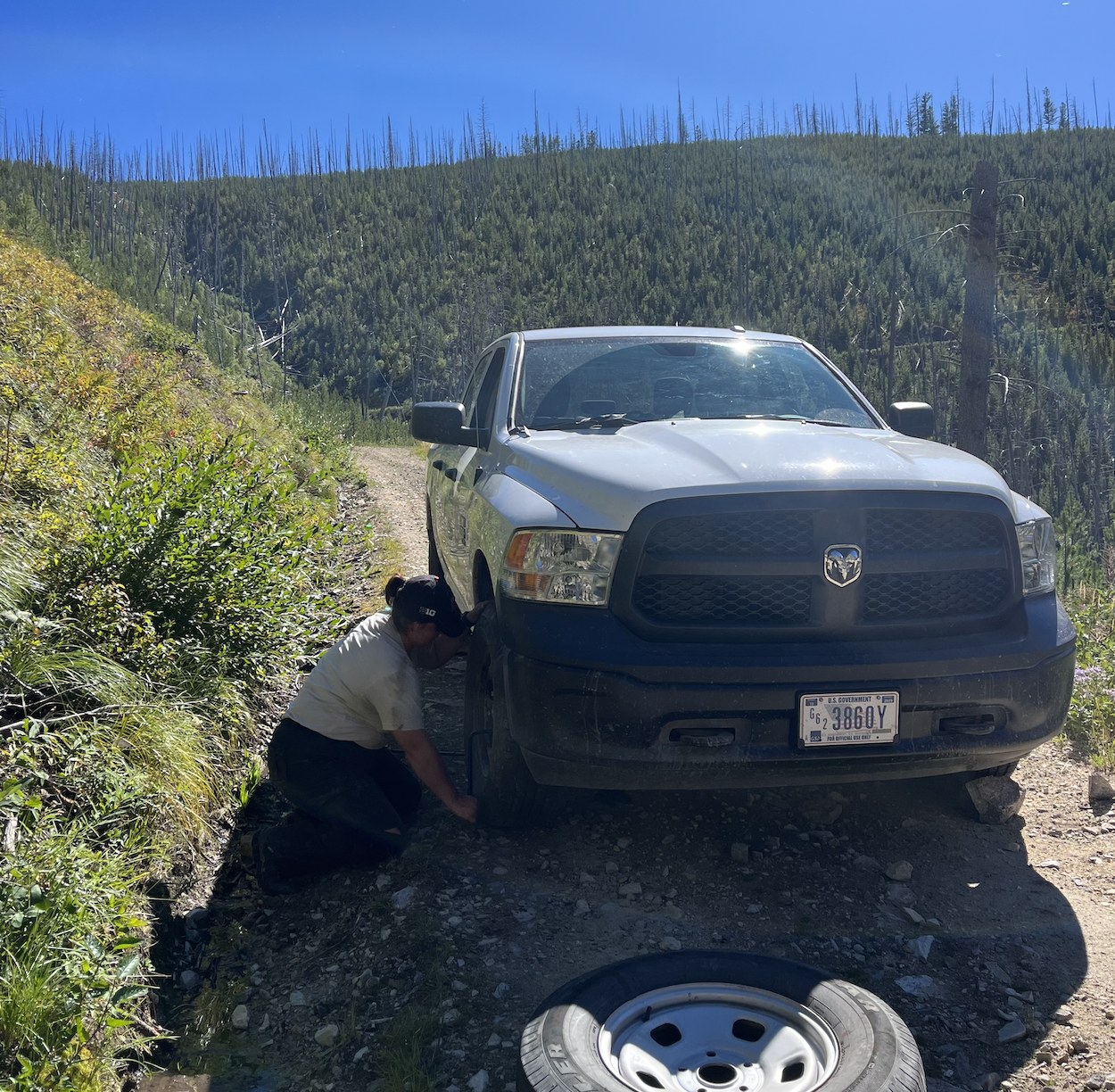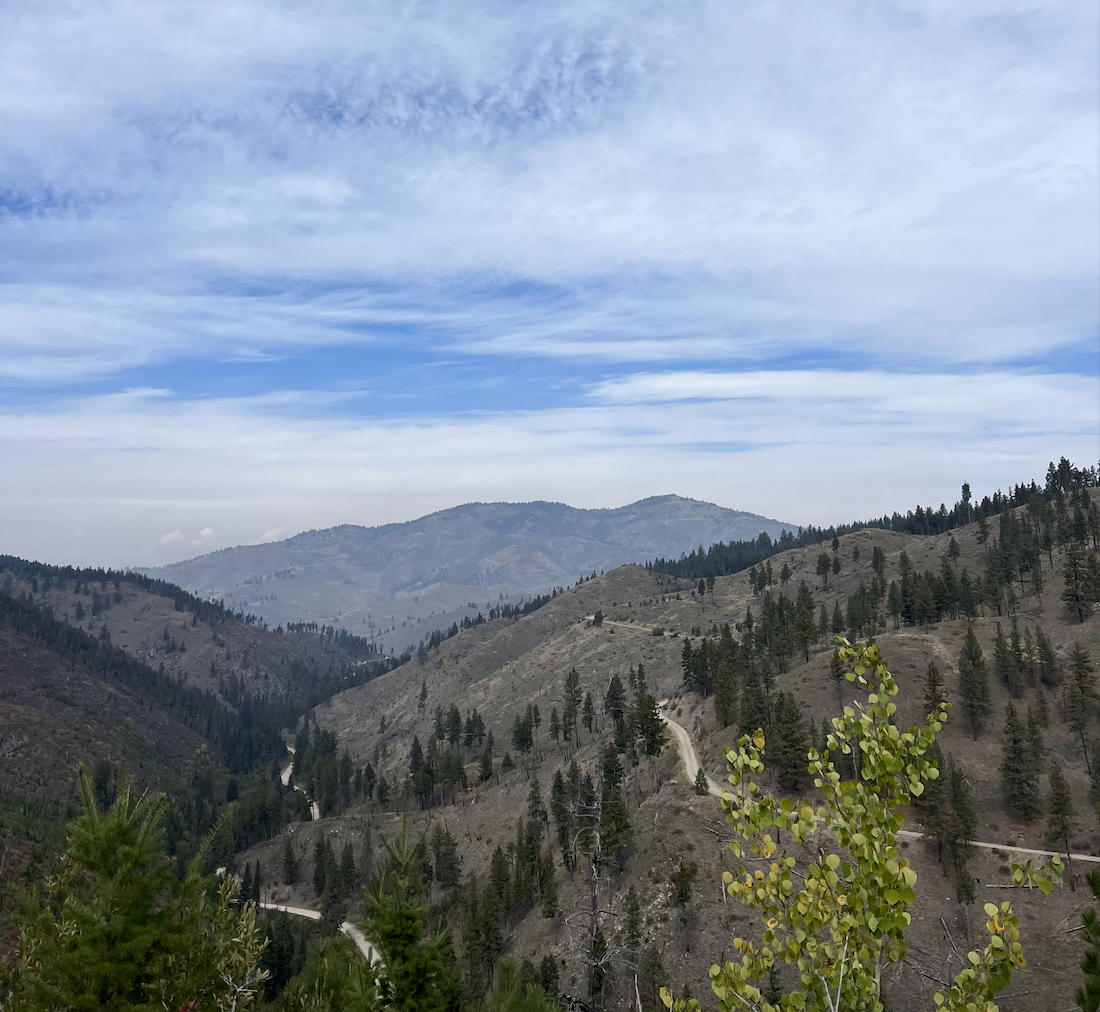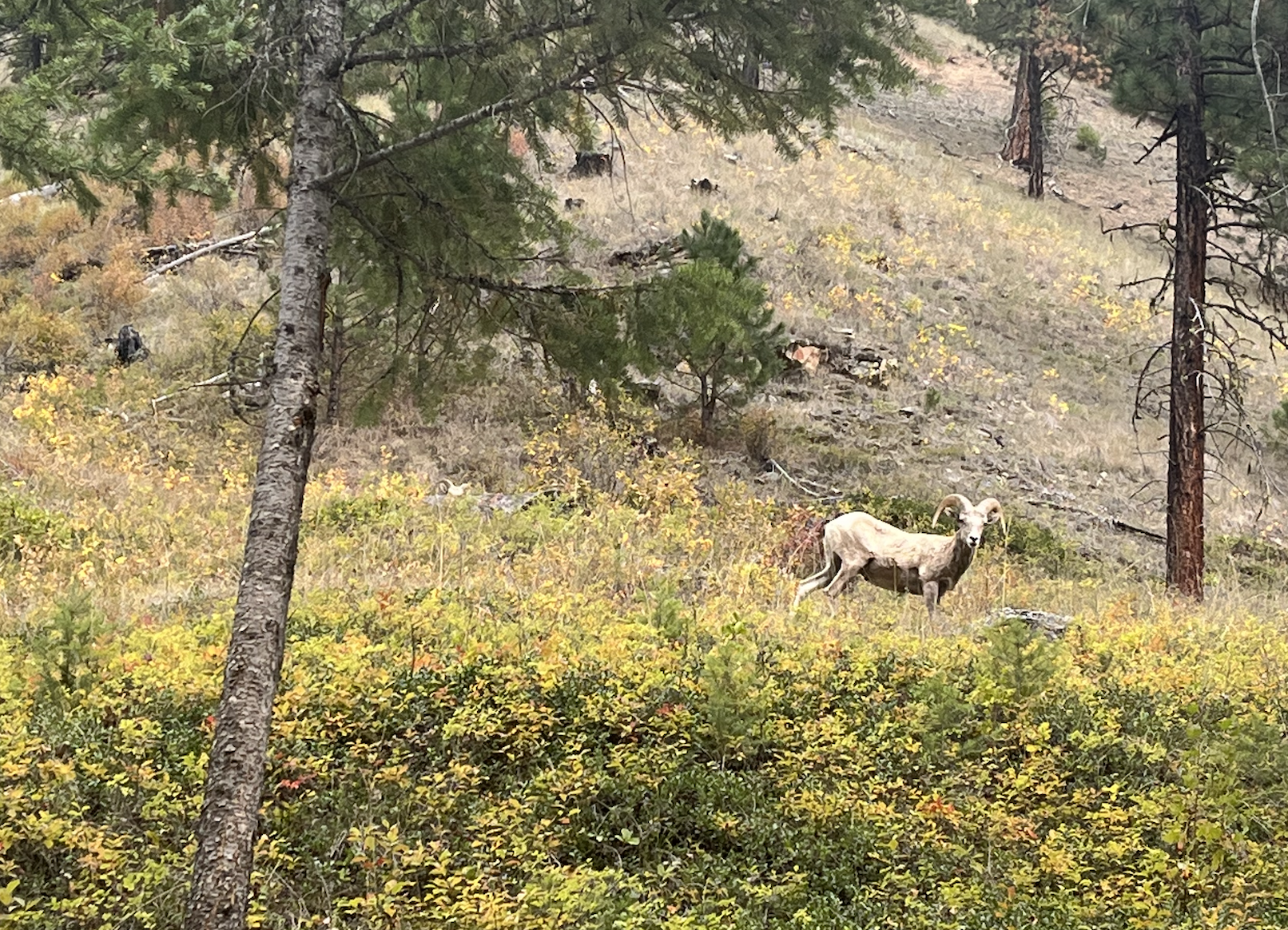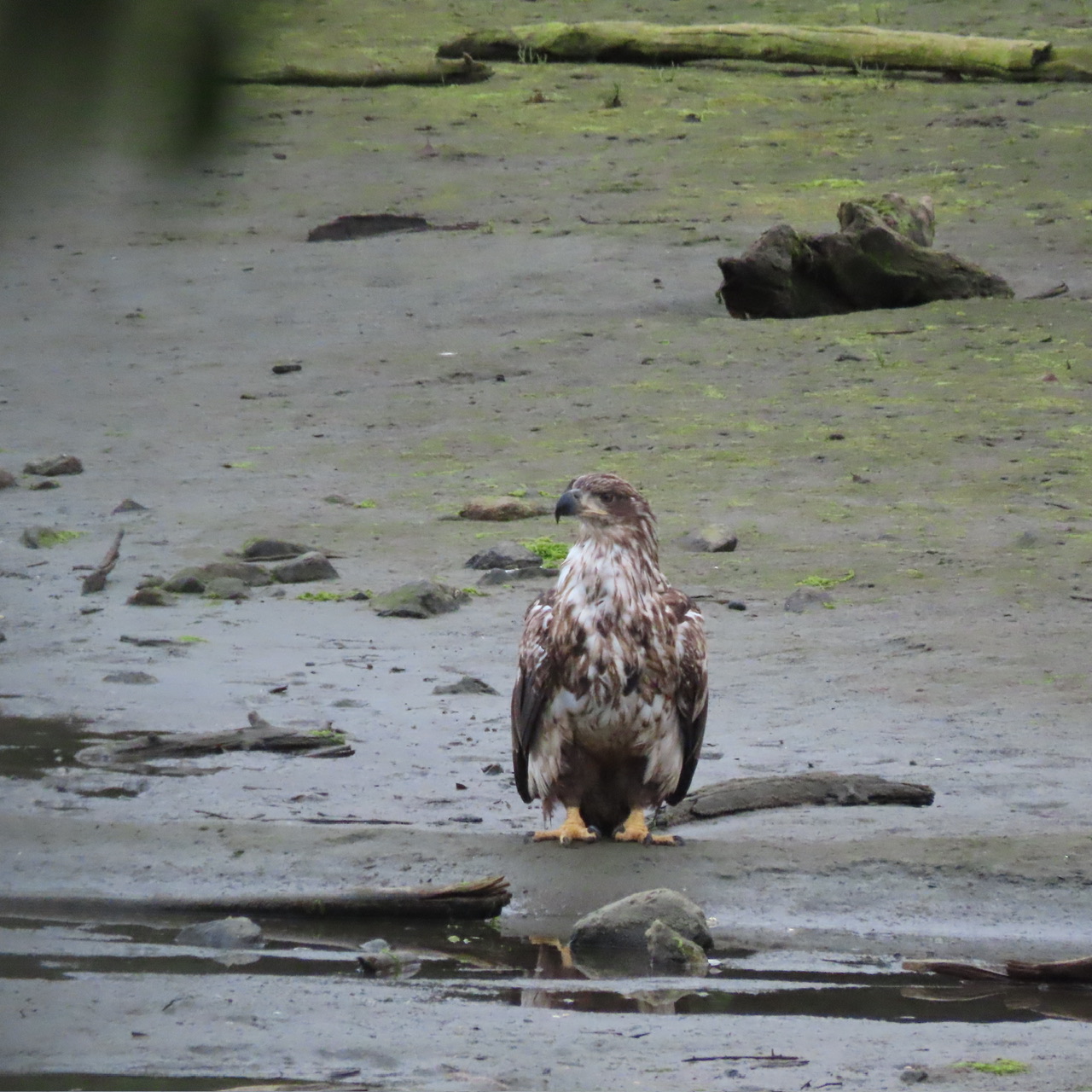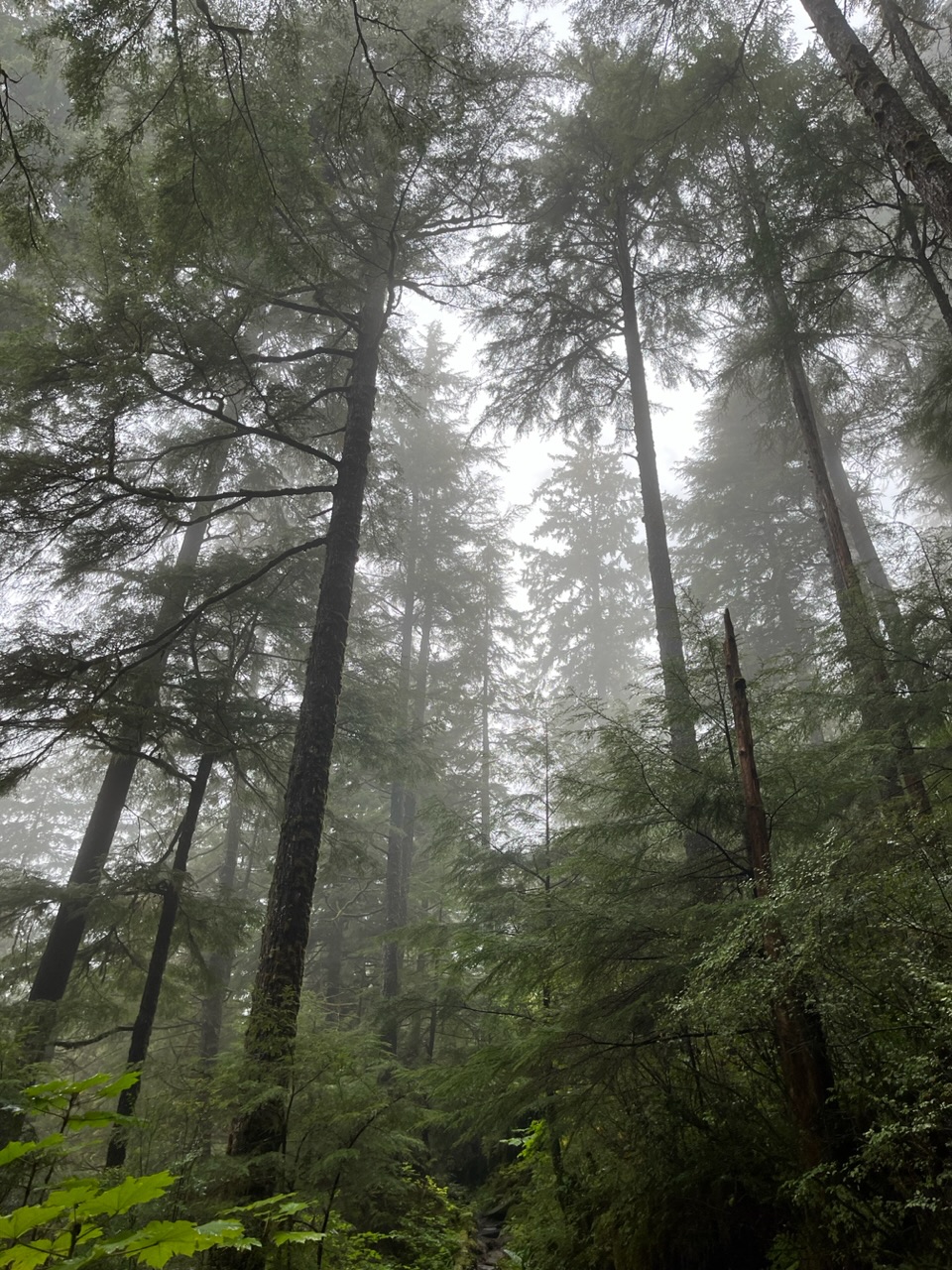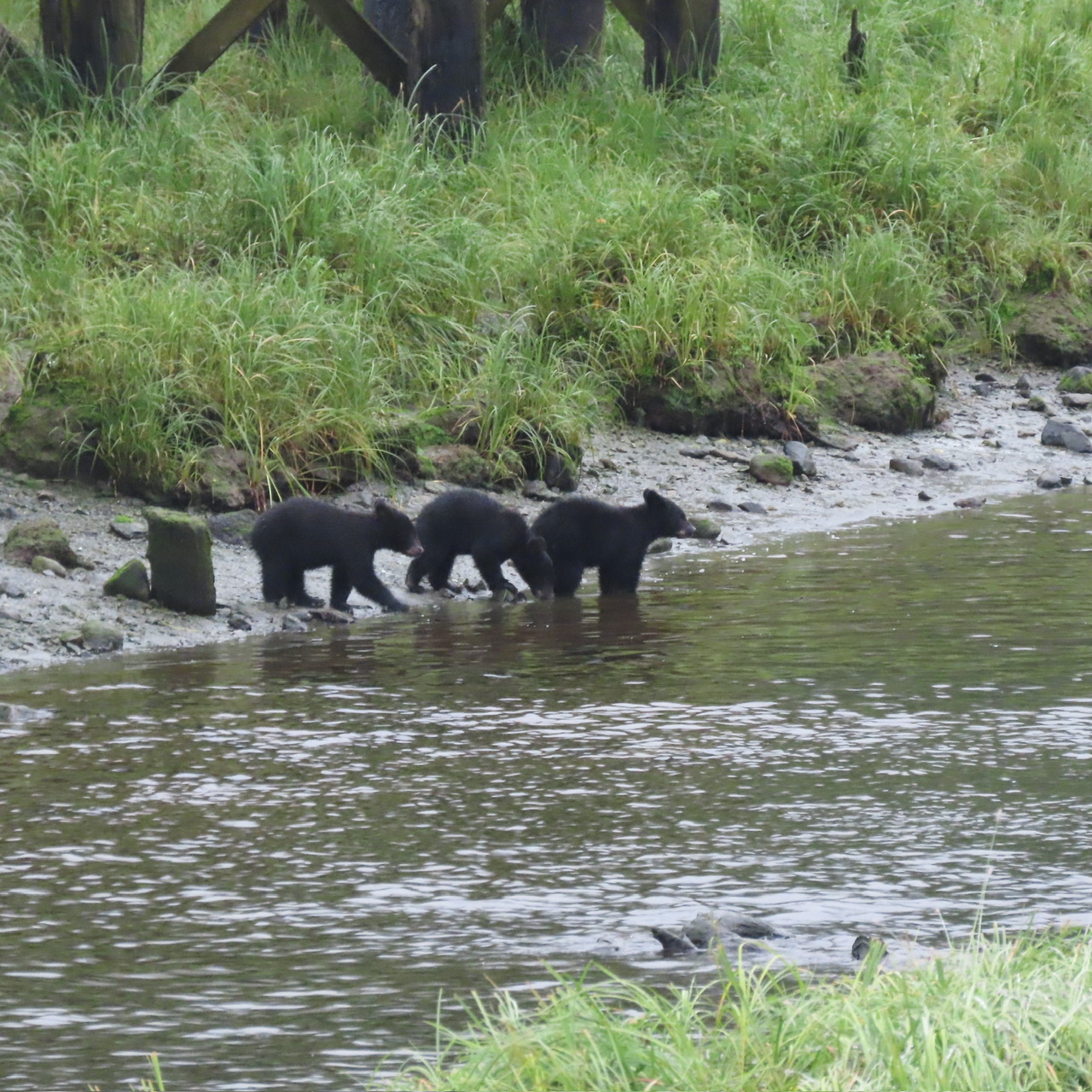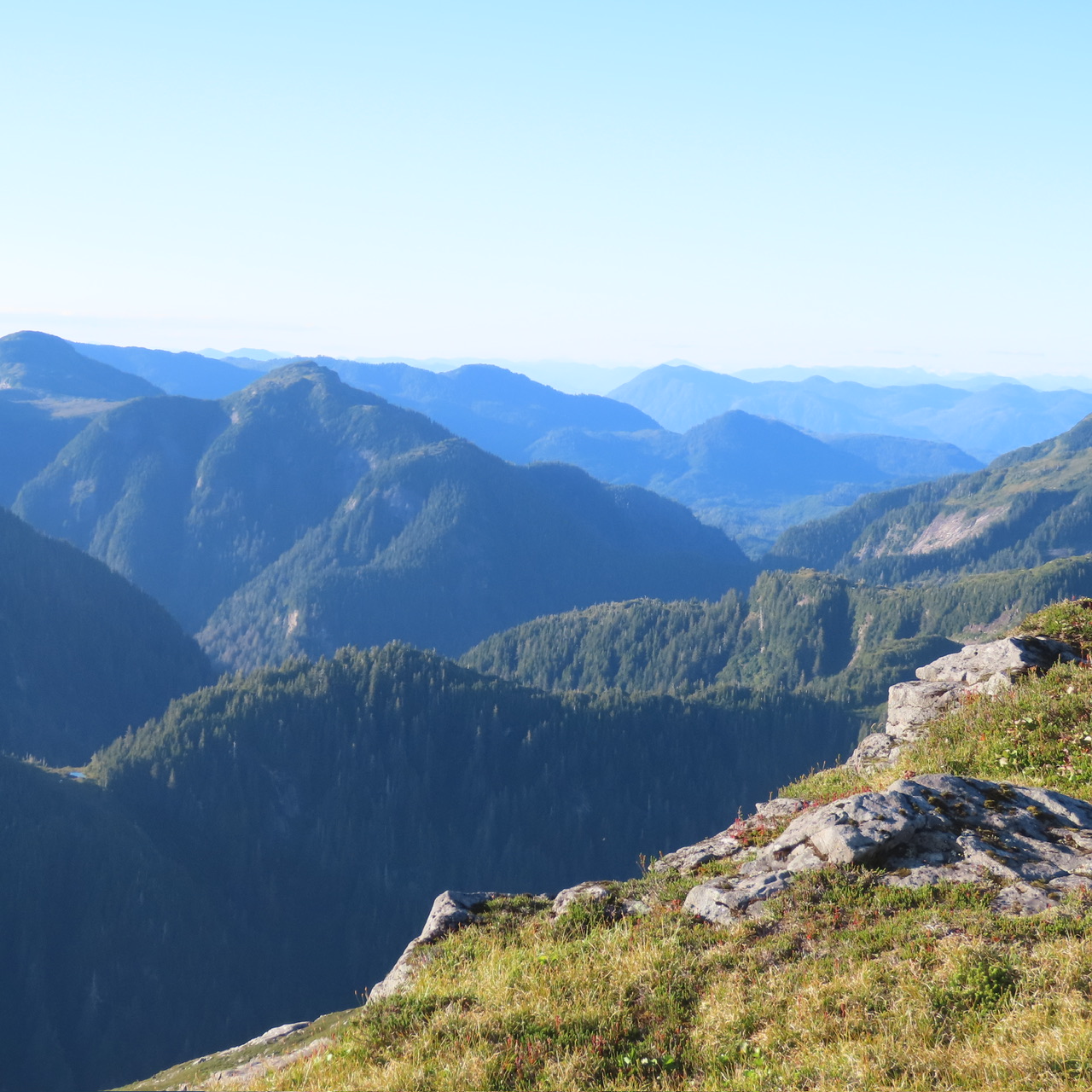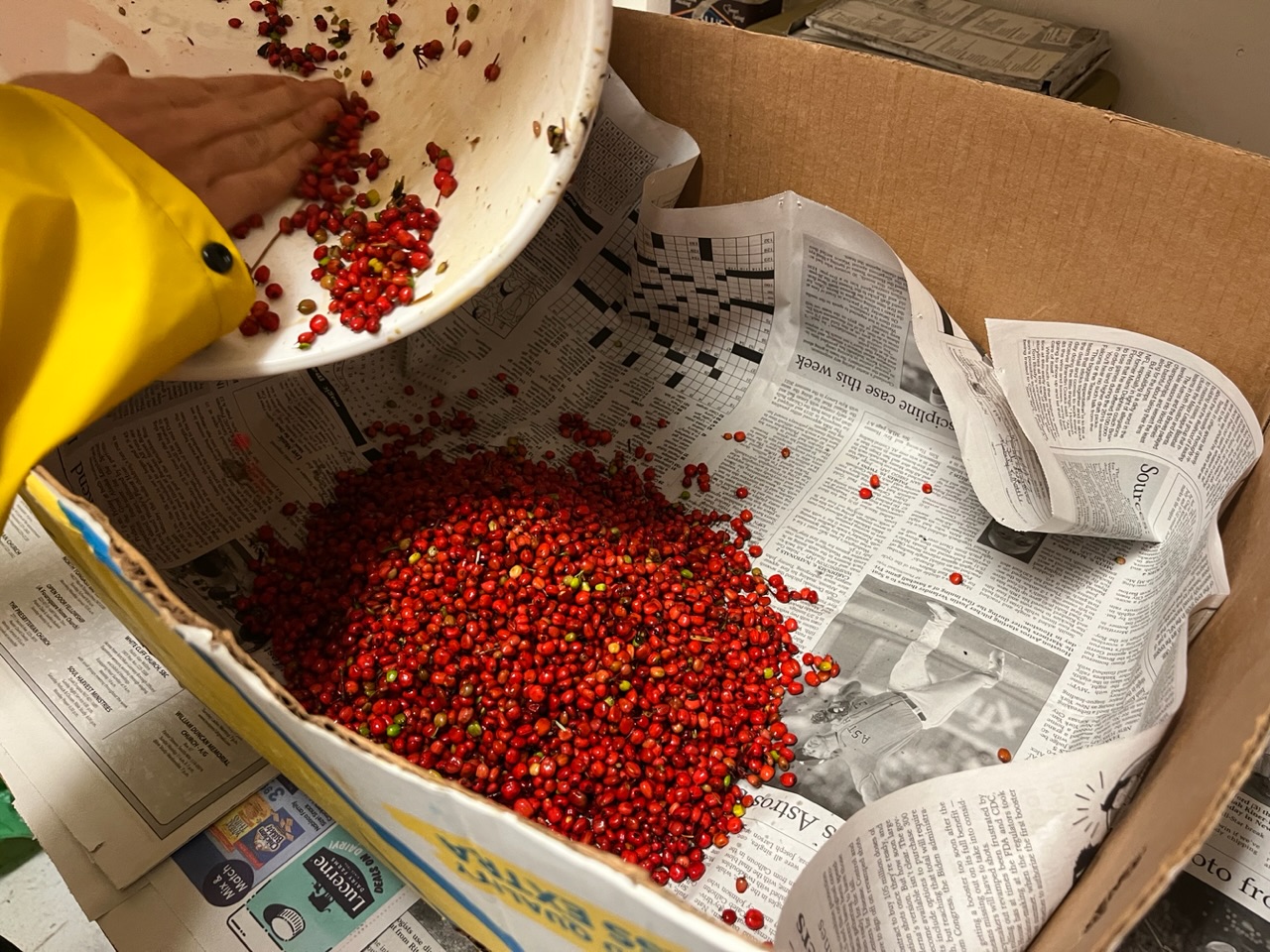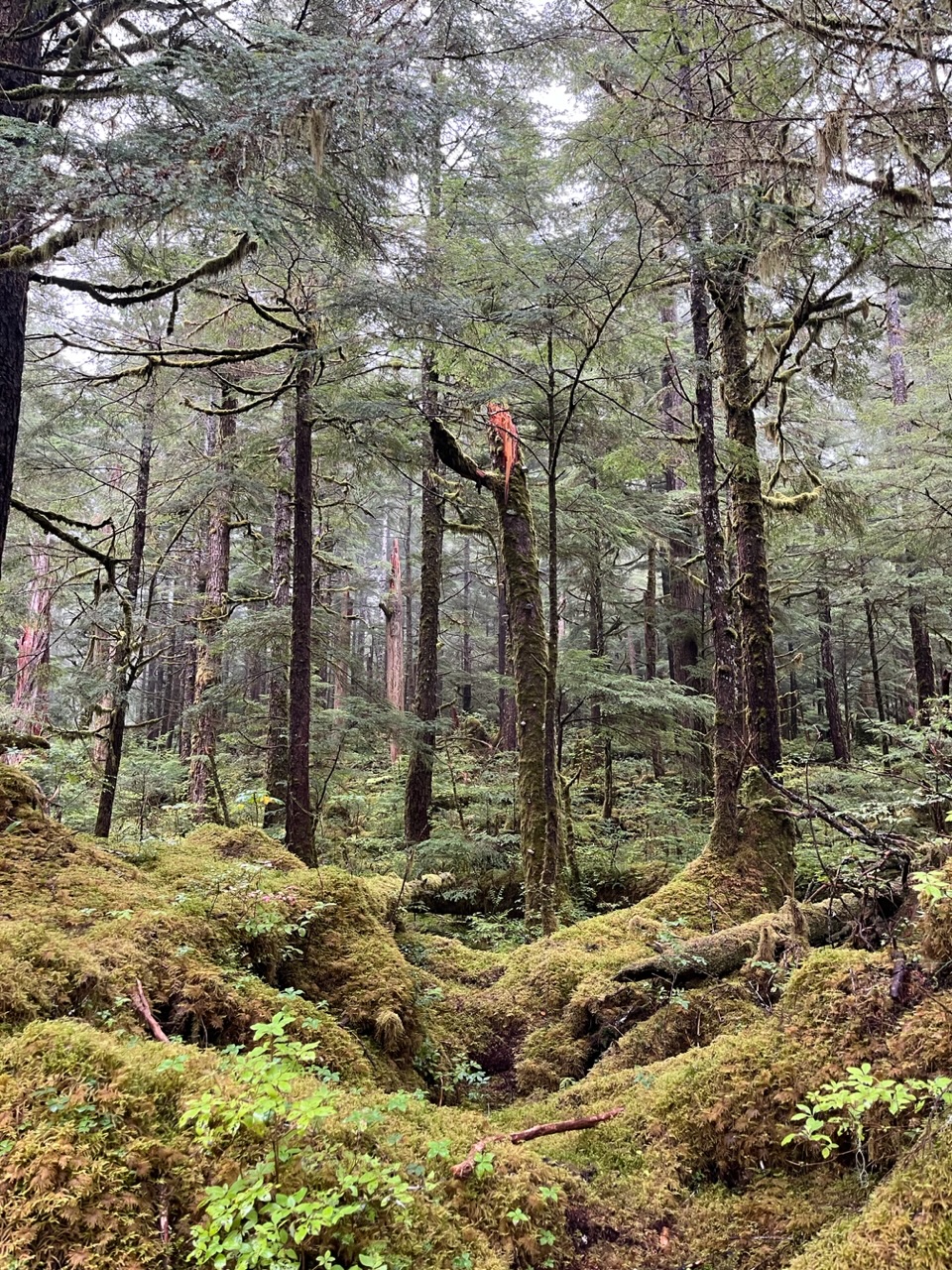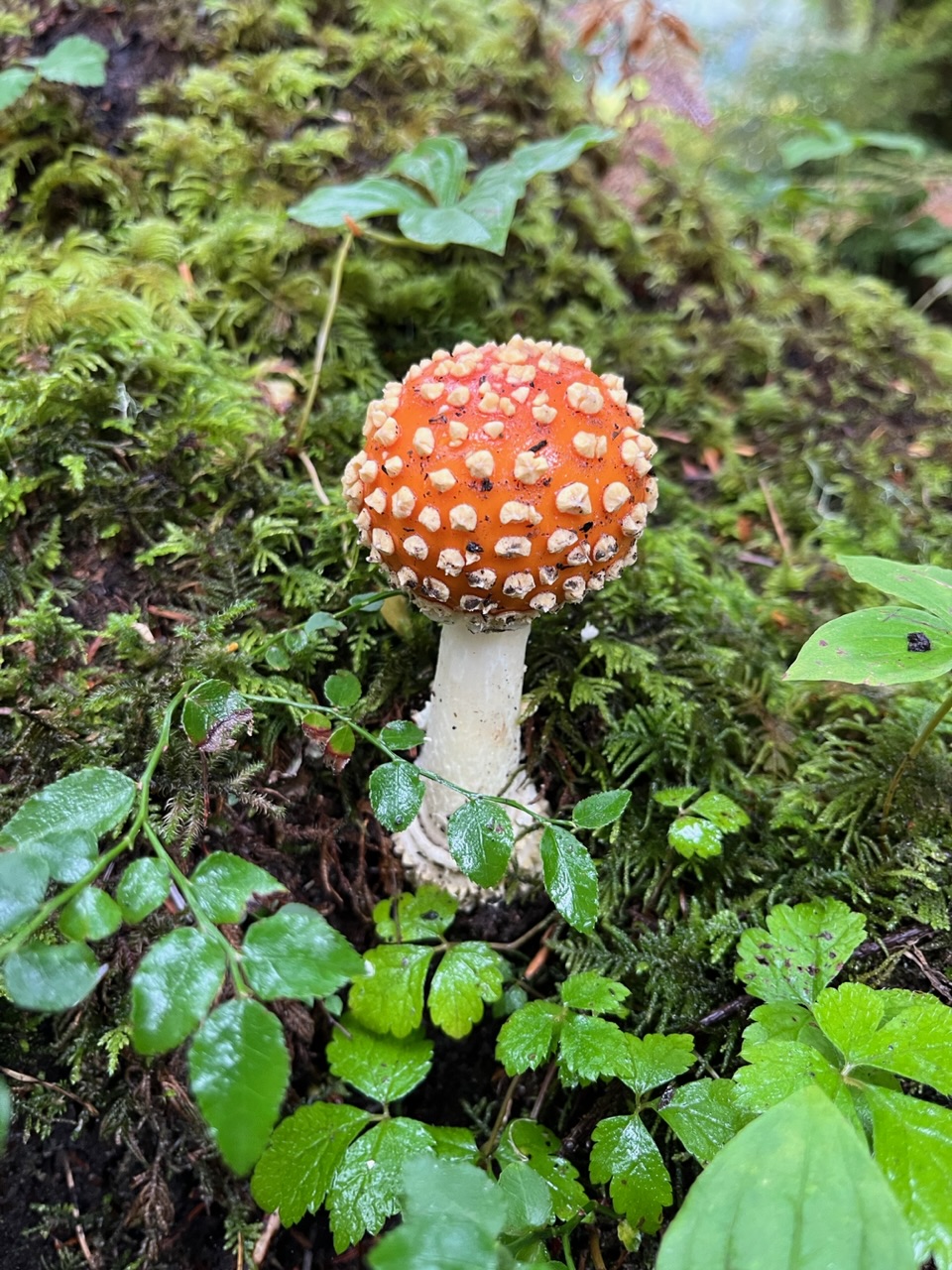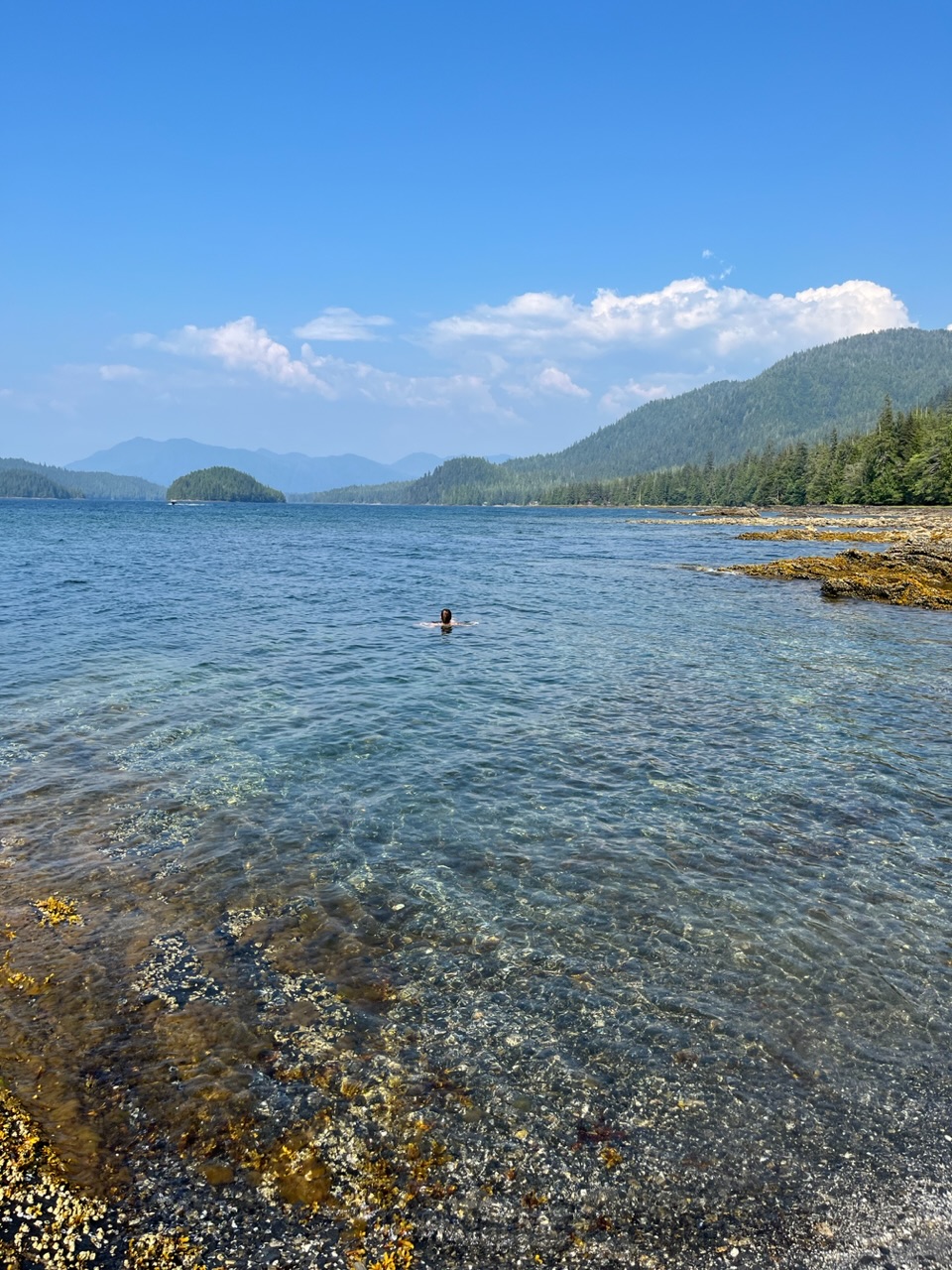As the seed collecting season has ramped up these past few months, I’ve taken to having a storage cooler in my car for seed collected on days when I can’t make it out to the Big Bear seed shed. A majority of the seed as of recent being various species of milkweed that I had sorted into separate bags into the car cooler. To my mistake, I left the cooler open in the back of my car one tired evening and I reaped the results of my actions the following morning. The following morning, I began my commute to Big Bear and rolled my windows down as I usually do to enjoy the brisk air when suddenly a flurry of white fluff began to swirl around the cabin and to my surprise one of the milkweed bags in the cooler was open! Dozens of seeds began to fly out my window and I quickly pulled over to a turnout to secure the seed bag but alas it was too late. It got me thinking however, how seeds from different species have evolved various ways to disperse into new habitats. As of current, Karen and I have been racing to gather milkweed seeds from monitoring sites throughout the San Bernardino National Forest as once the pods pop open the seeds will quickly drift away in the wind. The seeds reach rather large heights as well even surprising the both of us how far they drift away once the plant is disturbed. In addition to hand harvesting directly from the pod, we have also taken to bagging up unopened pods in preparation for future harvesting. In doing so, we hope to collect as much as we can during this quick seeding timeframe.
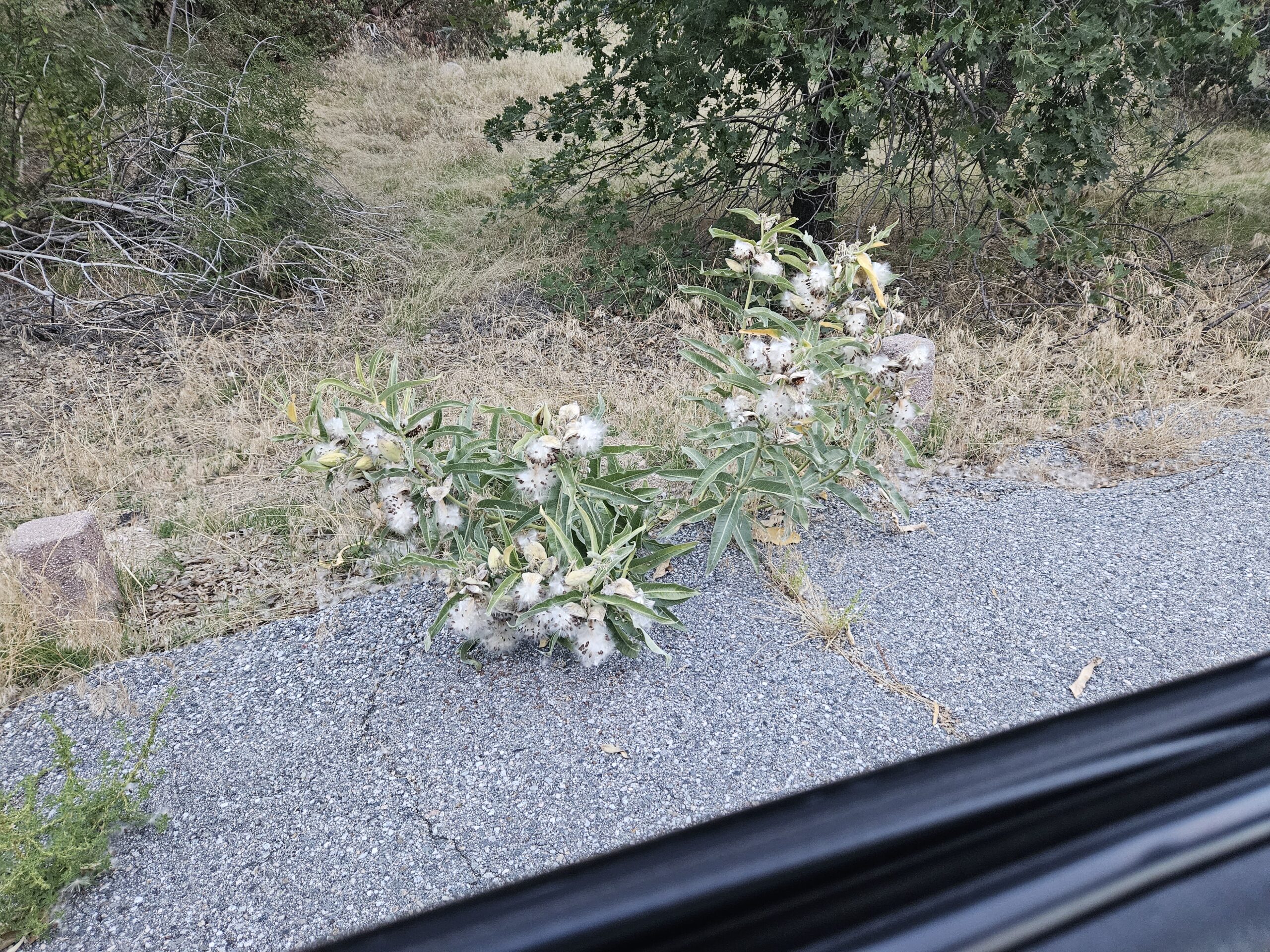
Other notable seed species I’ve seen displaying brilliant dispersal tactics are not only the milkweeds but Mountain Mahogany (Cercocarpus betuloides), Manzanita Trees (Arctostaphylus glauca), Anderson Lupine (Lupinus andersonii), and Candlestick Yucca (Hesperoyucca whipplei). While C.betuloides are a pain to harvest as there trichome like hairs are irritating to the skin they travel quite far in the air when a gust of wind hits the trees. The corkscrew like shape of the seed helps it hook into the ground firmly once it lands, slightly digging its way into the soil beginning the first step of possible propagation. Collecting Lupine seed was especially fun and also frustrating as a ready pod will pop instantly at the smallest touch sending the seeds in a variety of different directions! When collecting these I sometimes bent the stalk into the bag and gave it a little shake to trigger the pods to pop open and maximize the number of seeds collected. Penstemons also pop in a similar fashion, though the seeds tend to stay in their pod unless given a hard smack. These are another favorite of mine to collect as the rattling of the seeds into the bag is incredibly satisfying. Lately with our hikes into the forest for monitoring I’ve also noticed an increasing number of small hitchhikers on me as I crouched under shrubs and slid through brush (no not ticks), manzanita berries! These berries are covered in hairs and a sticky sap that sticks to your clothes or hair with ease. I found it neat how the stickiness of the berry’s aids in their dispersal and who knows how far I spread some of these berries in the habitats I was walking through for that day. Another honorable mention is H.whipplei and how one smack to its large stock will release an explosion of glossy black seeds all over the ground. When harvesting from this species we often aid in dispersing the remnant seeds as well by shaking the stalk violently and spreading the confetti like seeds throughout the area. Last but not least I can’t forget about the pesky invasive grasses that are constantly getting stuck in my socks and boots. Not only are they prickly, but they are incredibly difficult to get out of fabric. I spend a good amount of time when I get home plucking out each of the seeds with their pronged or edged shapes in order to minimize spreading into forest habitats. There large presence throughout parks and open nature areas throughout SoCal showcasing how efficient they are at hitching rides to new locations. It’s been rather enjoyable collecting different seed species throughout the forest and becoming familiar with the mechanisms they’ve evolved that help them spread throughout. From popping lupines to barbed cheat grass the evolutionary processes that have driven the development of these unique dispersal characteristics is not only functionally fascinating but incredibly beautiful to watch in action.
